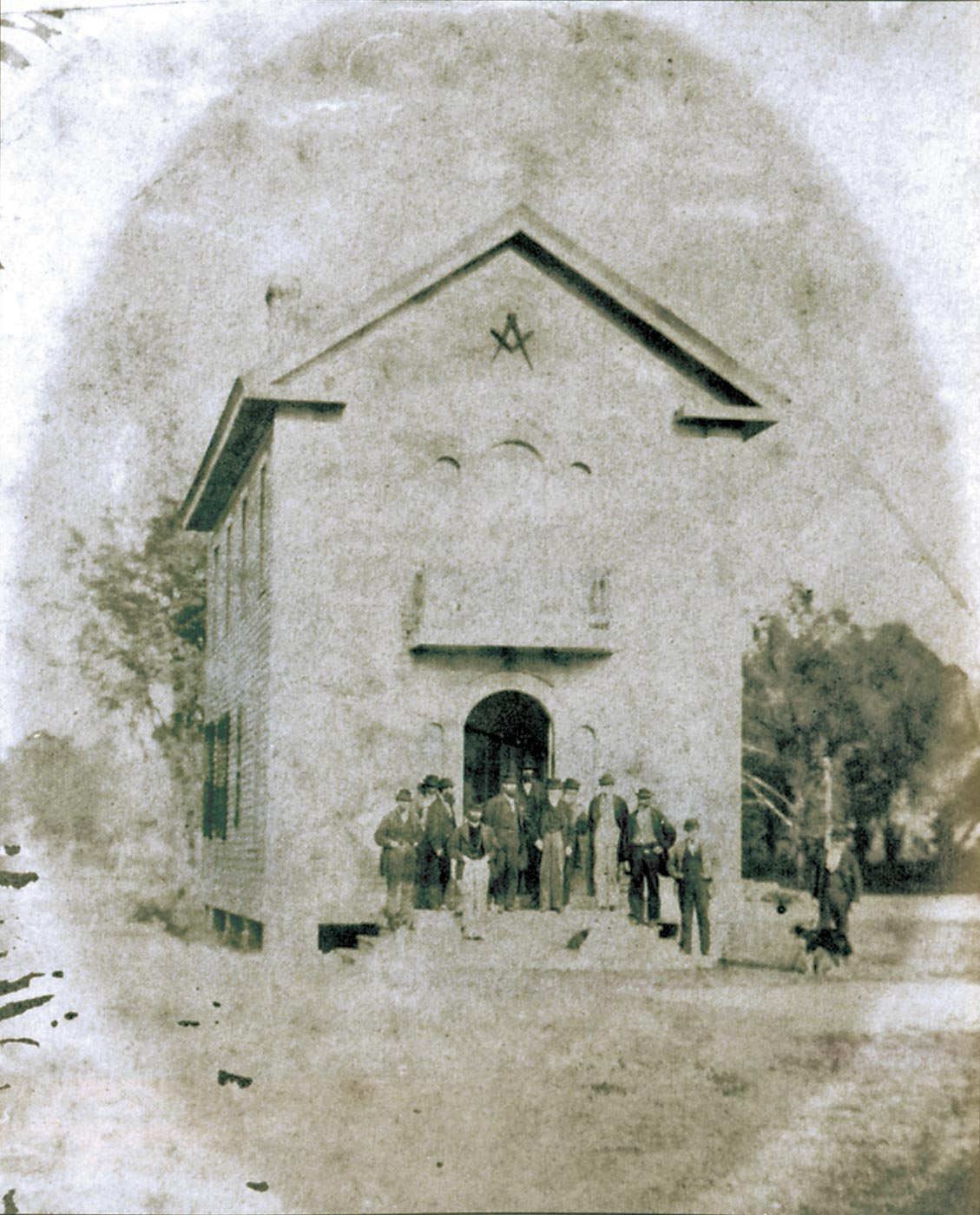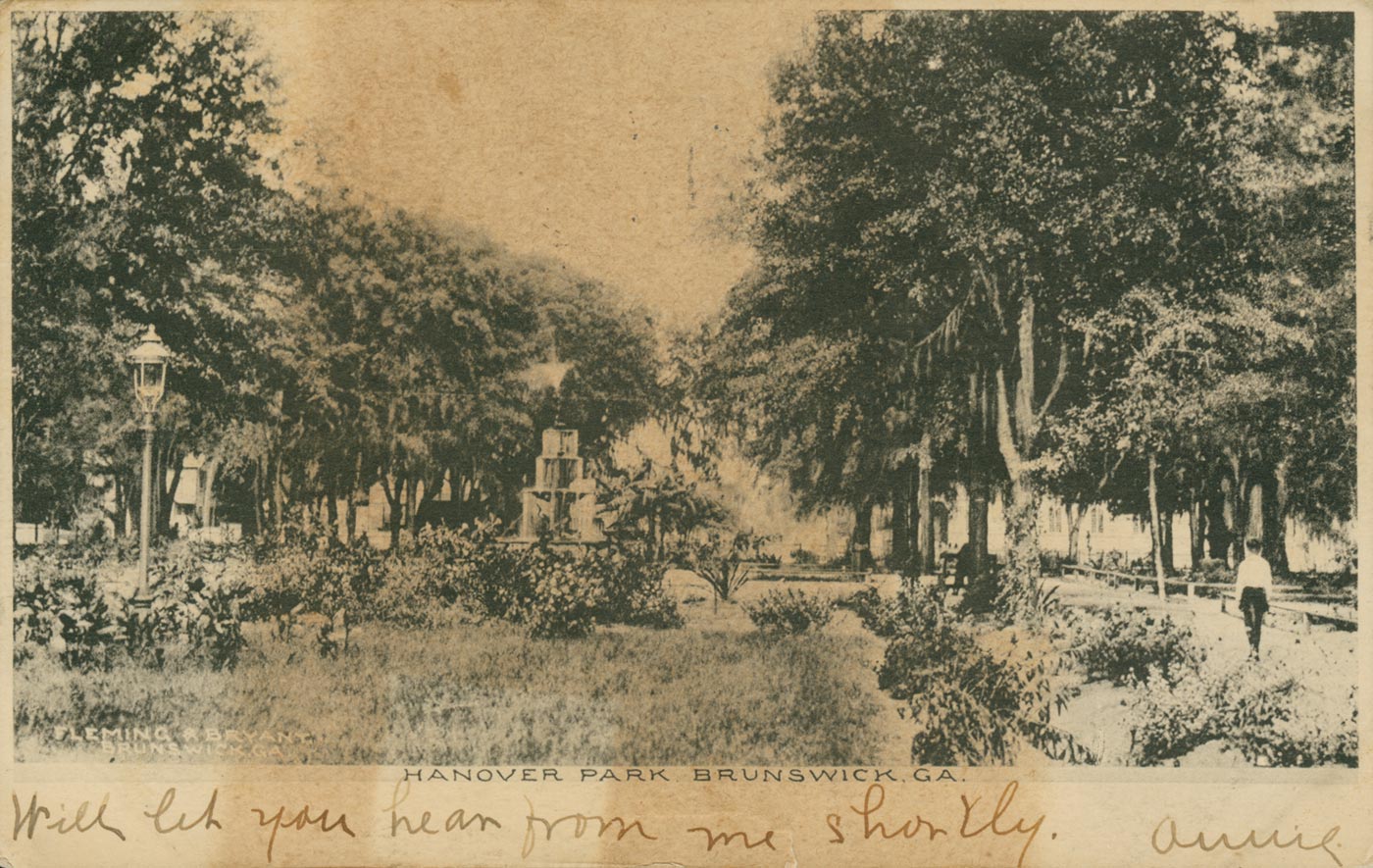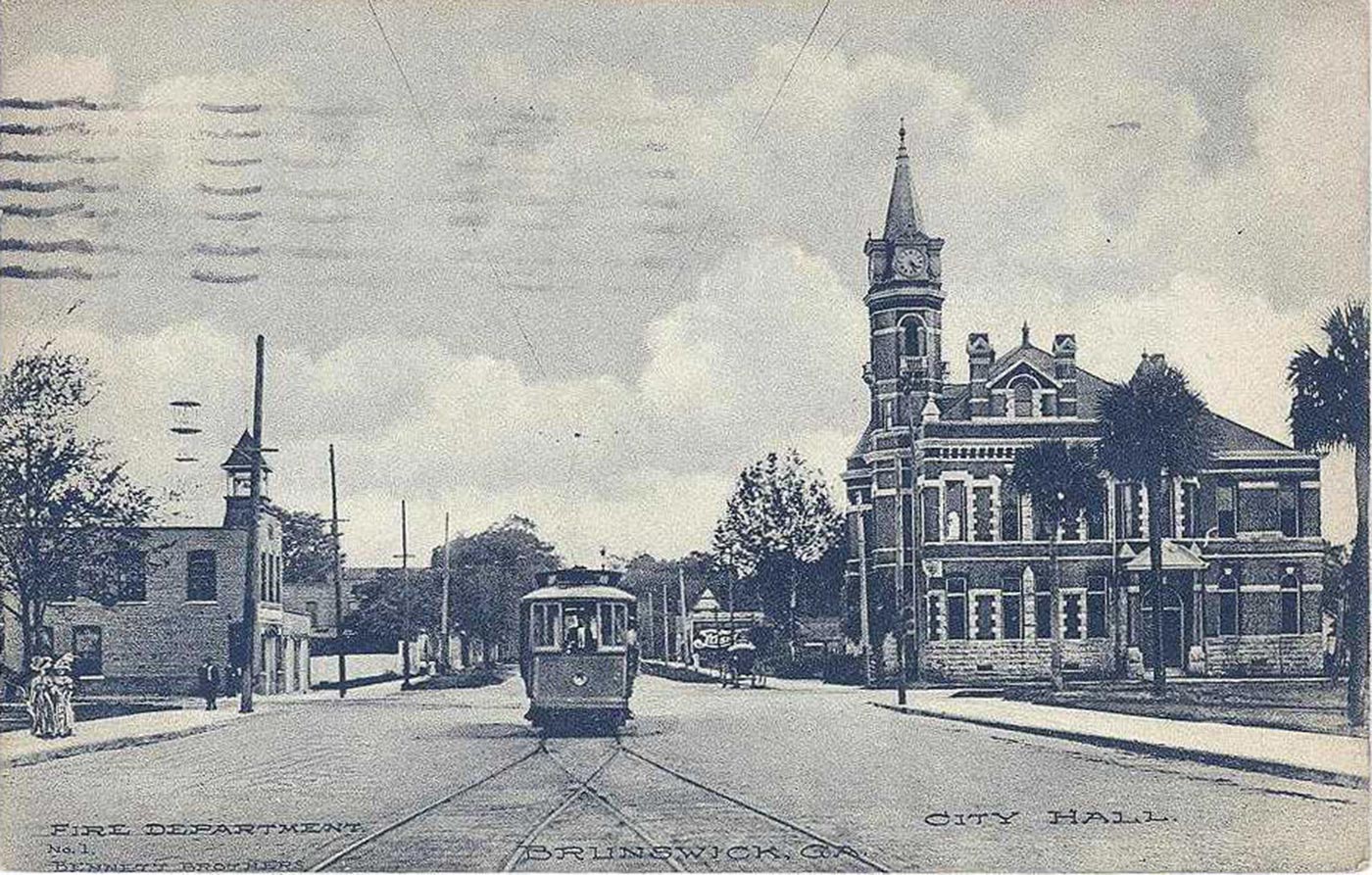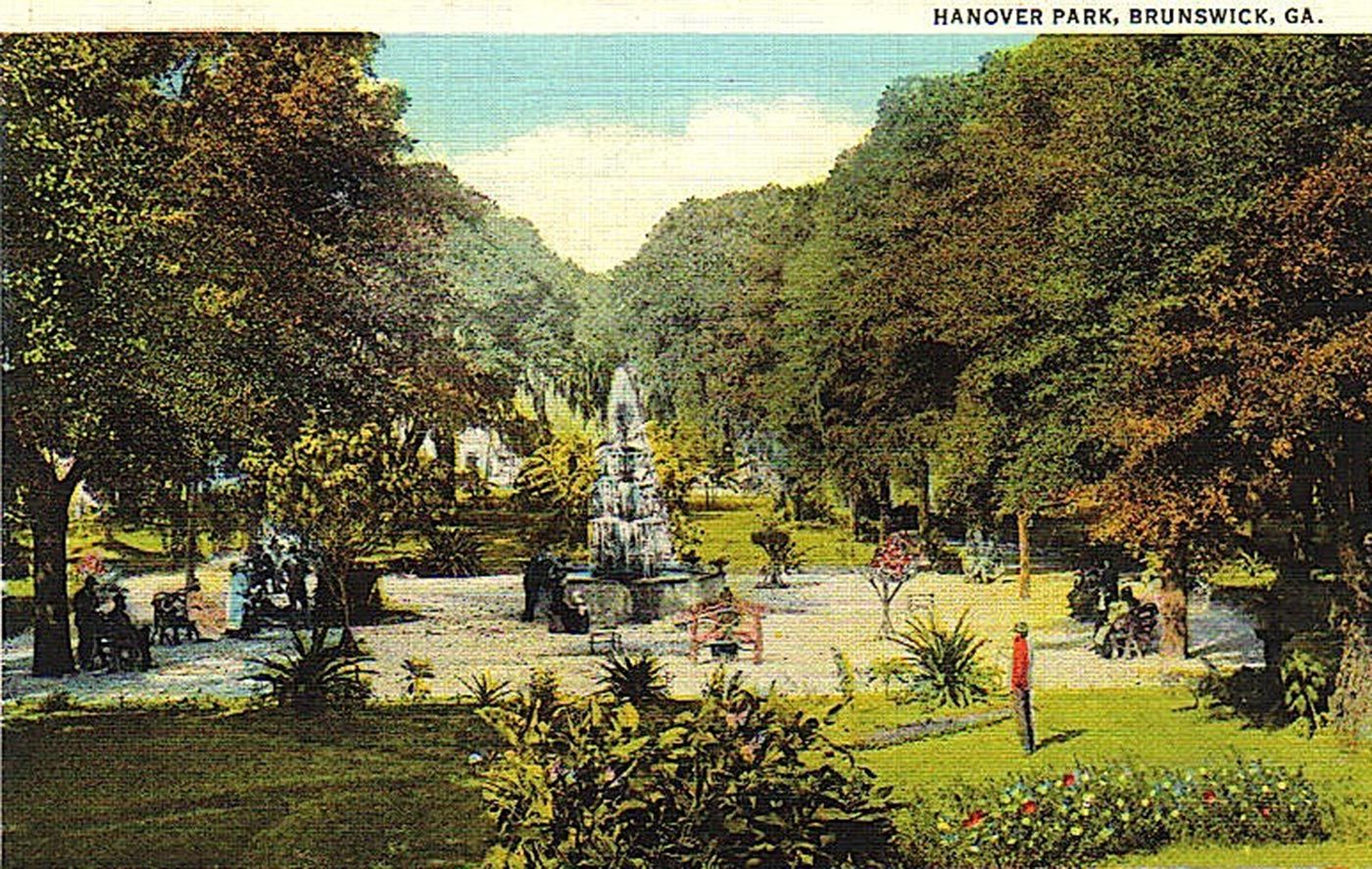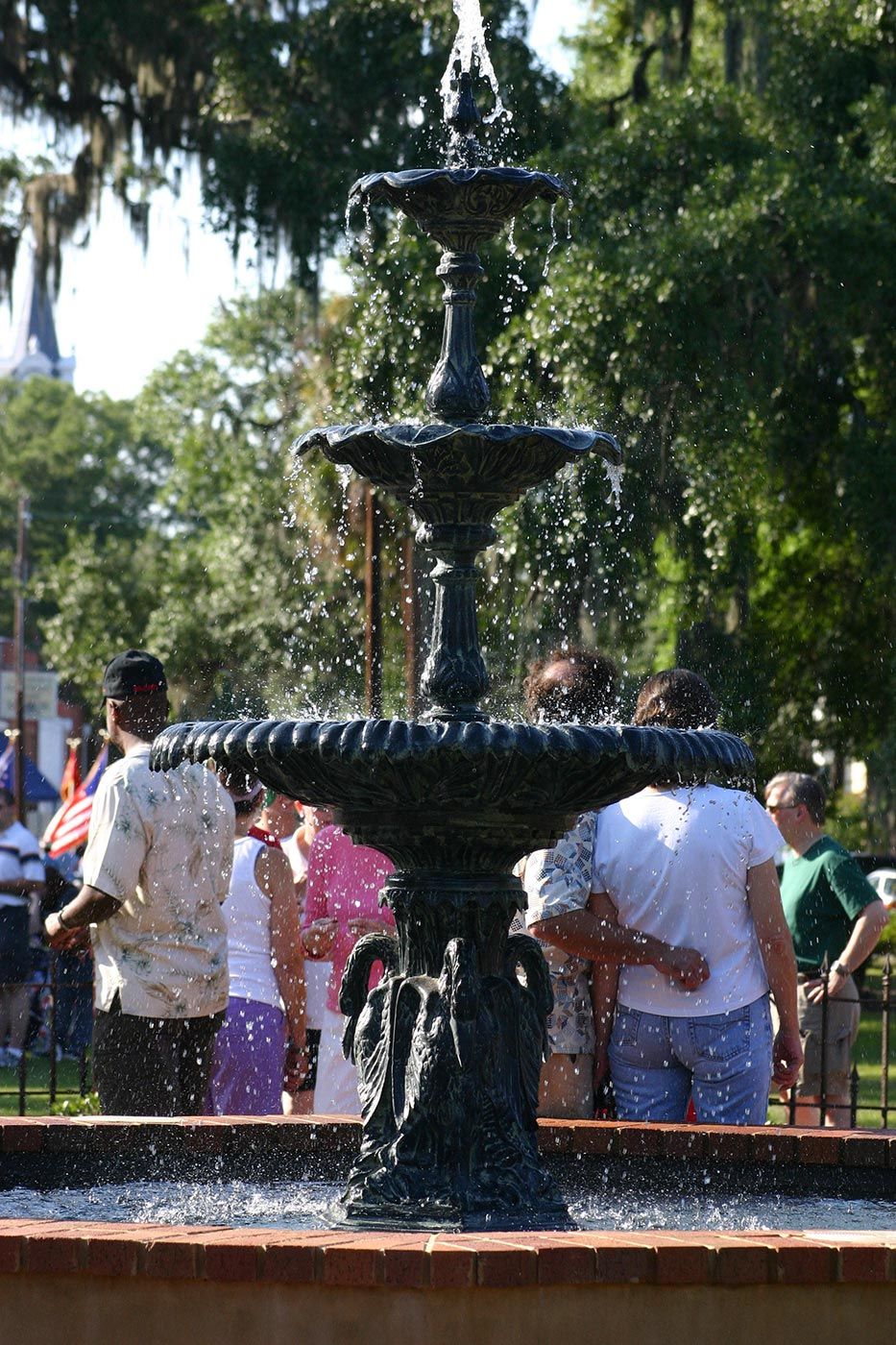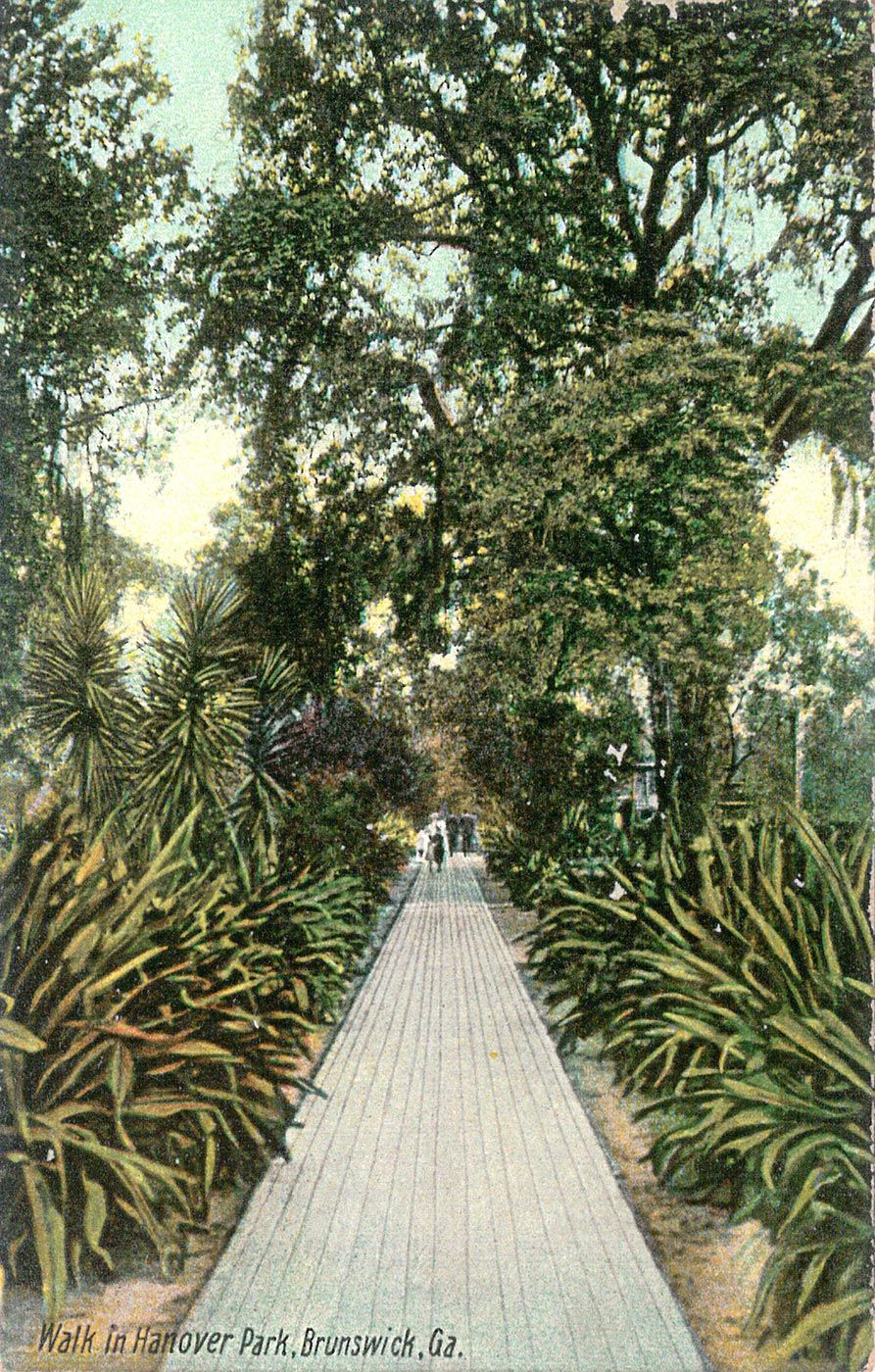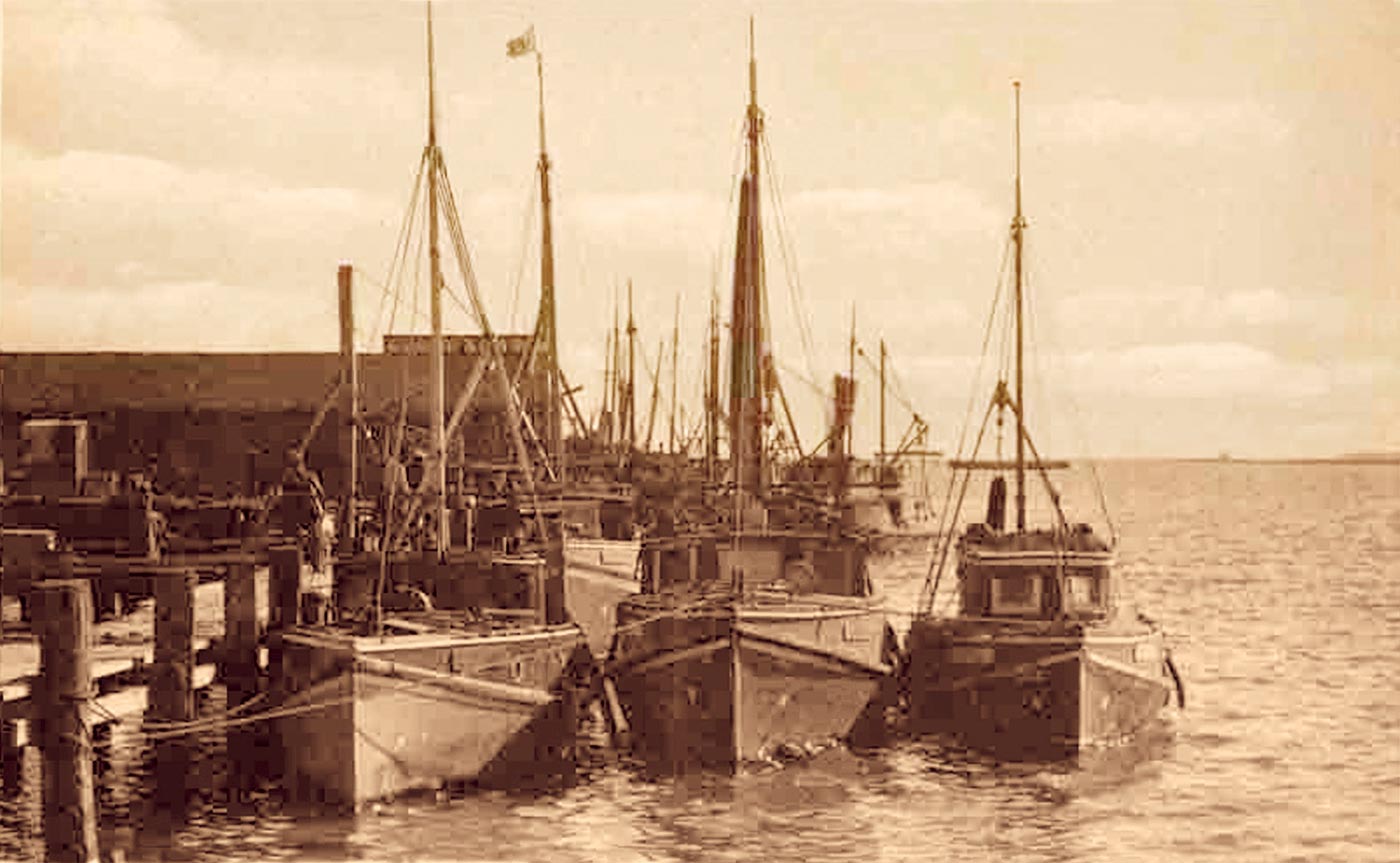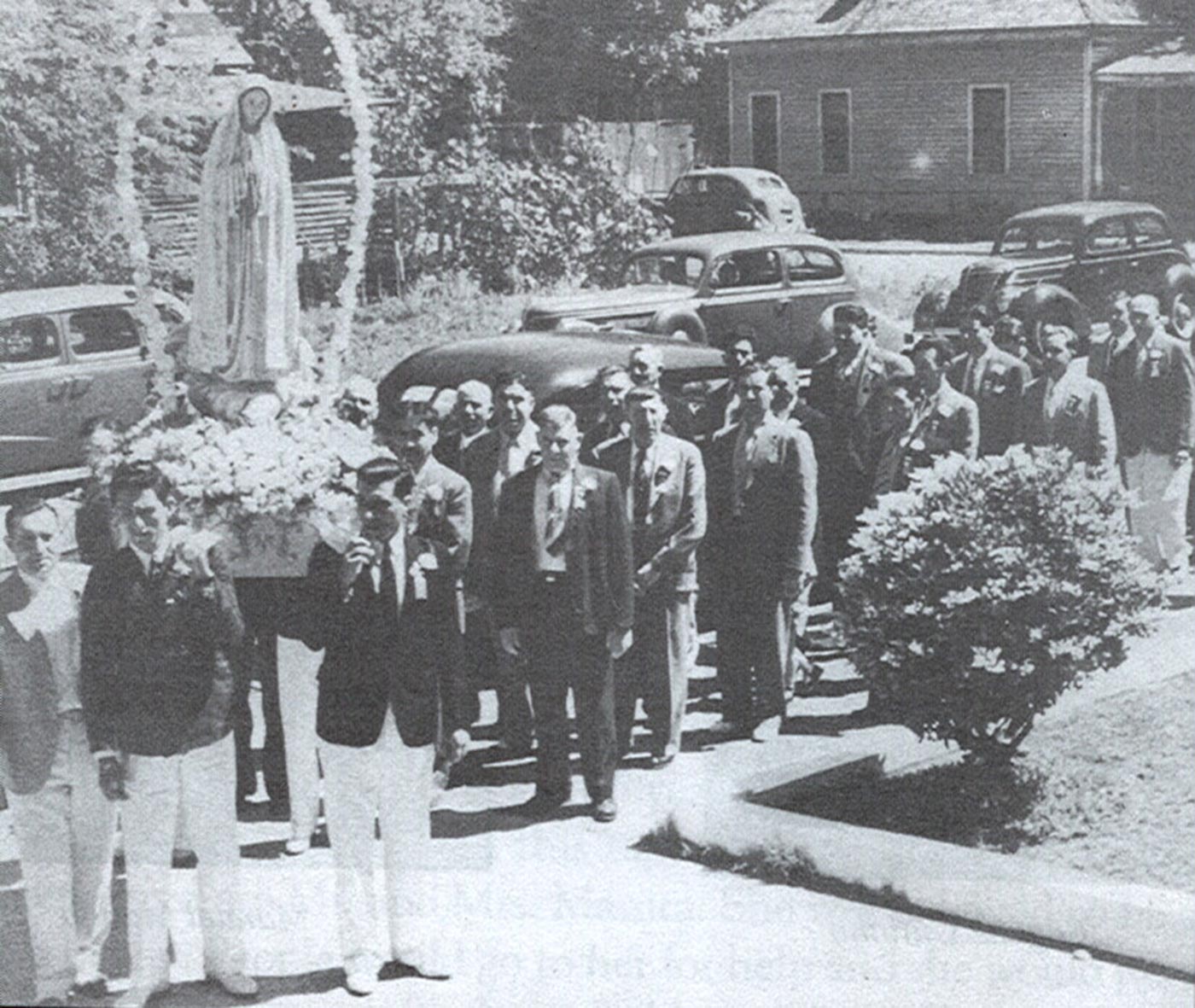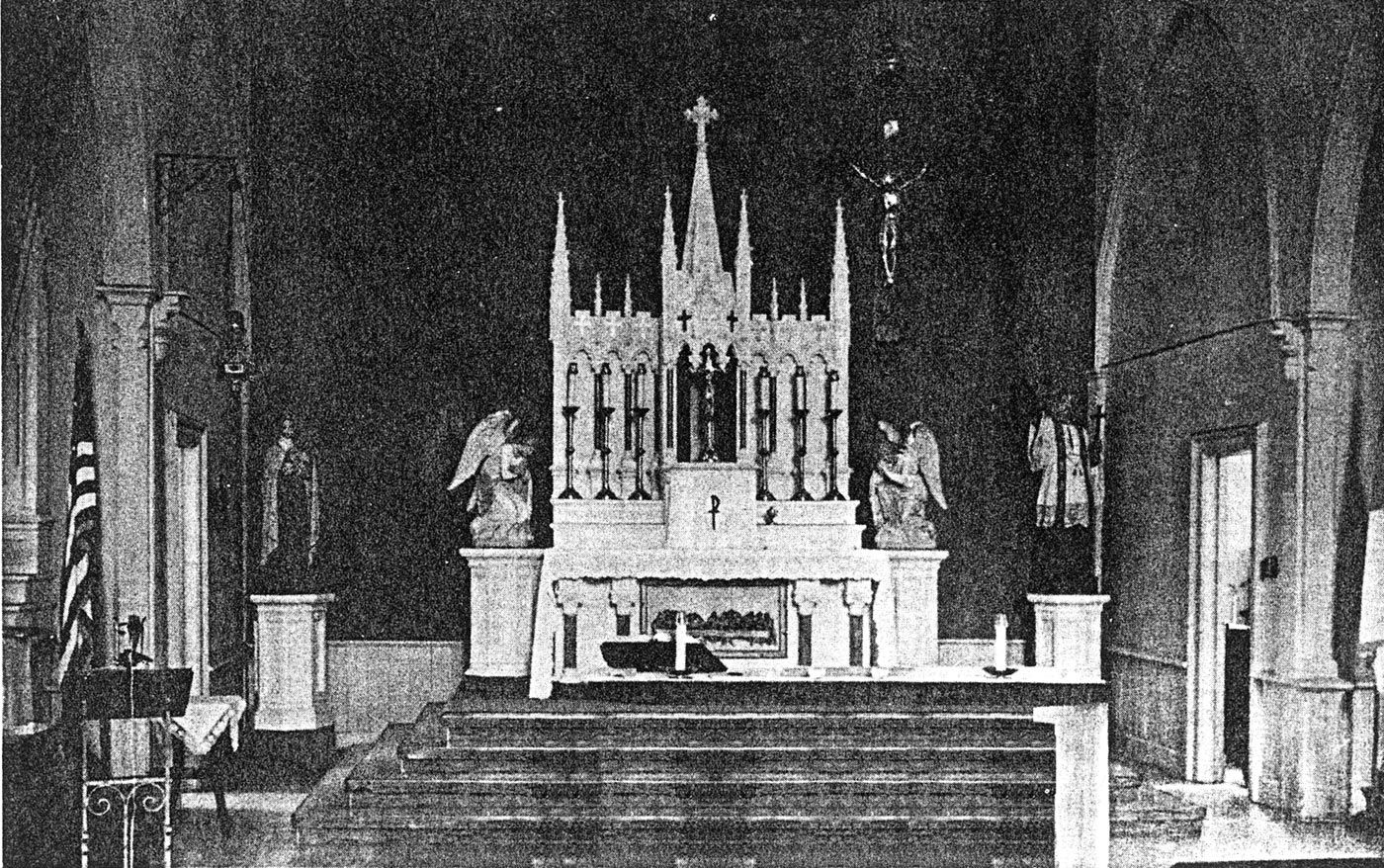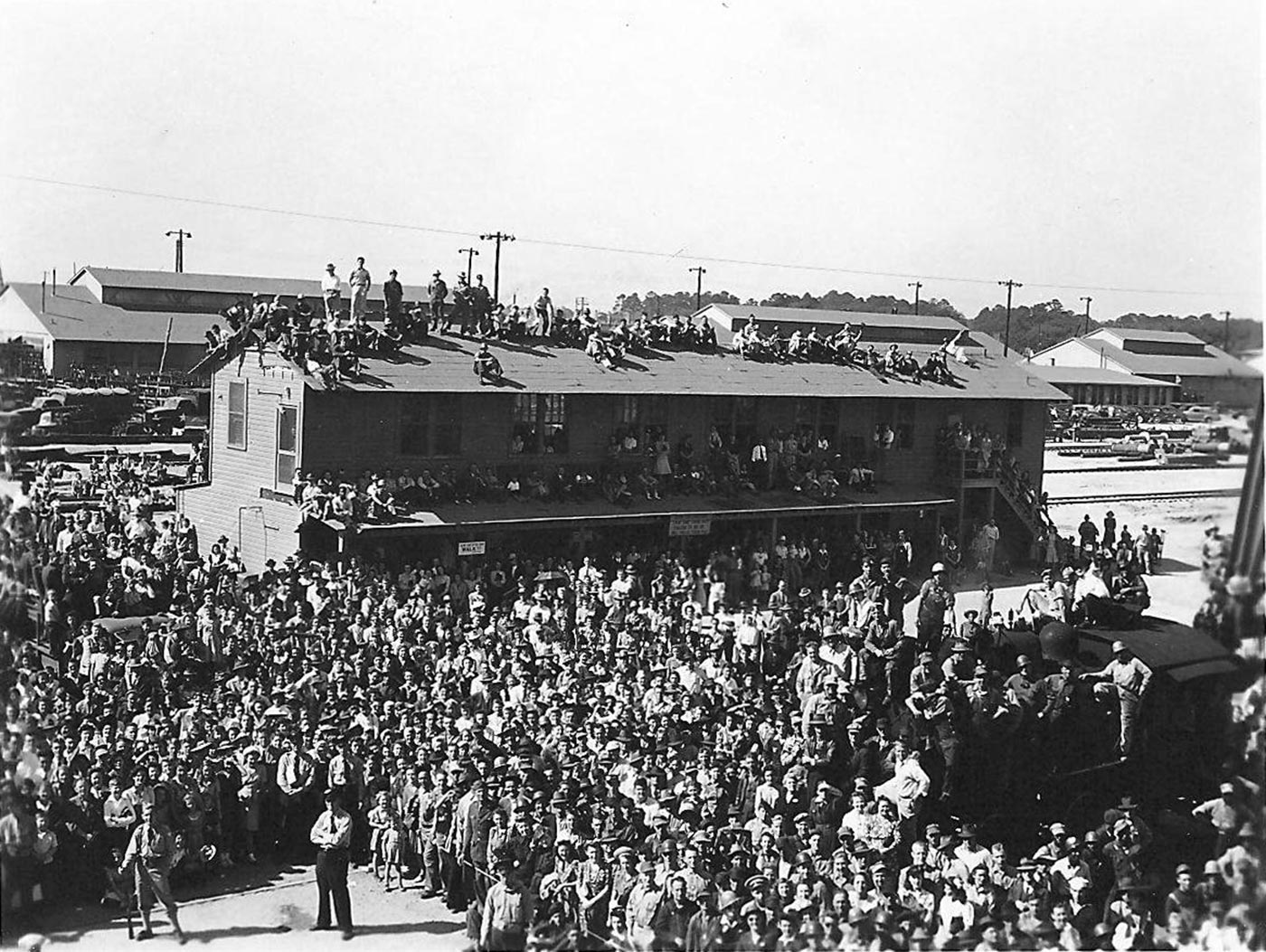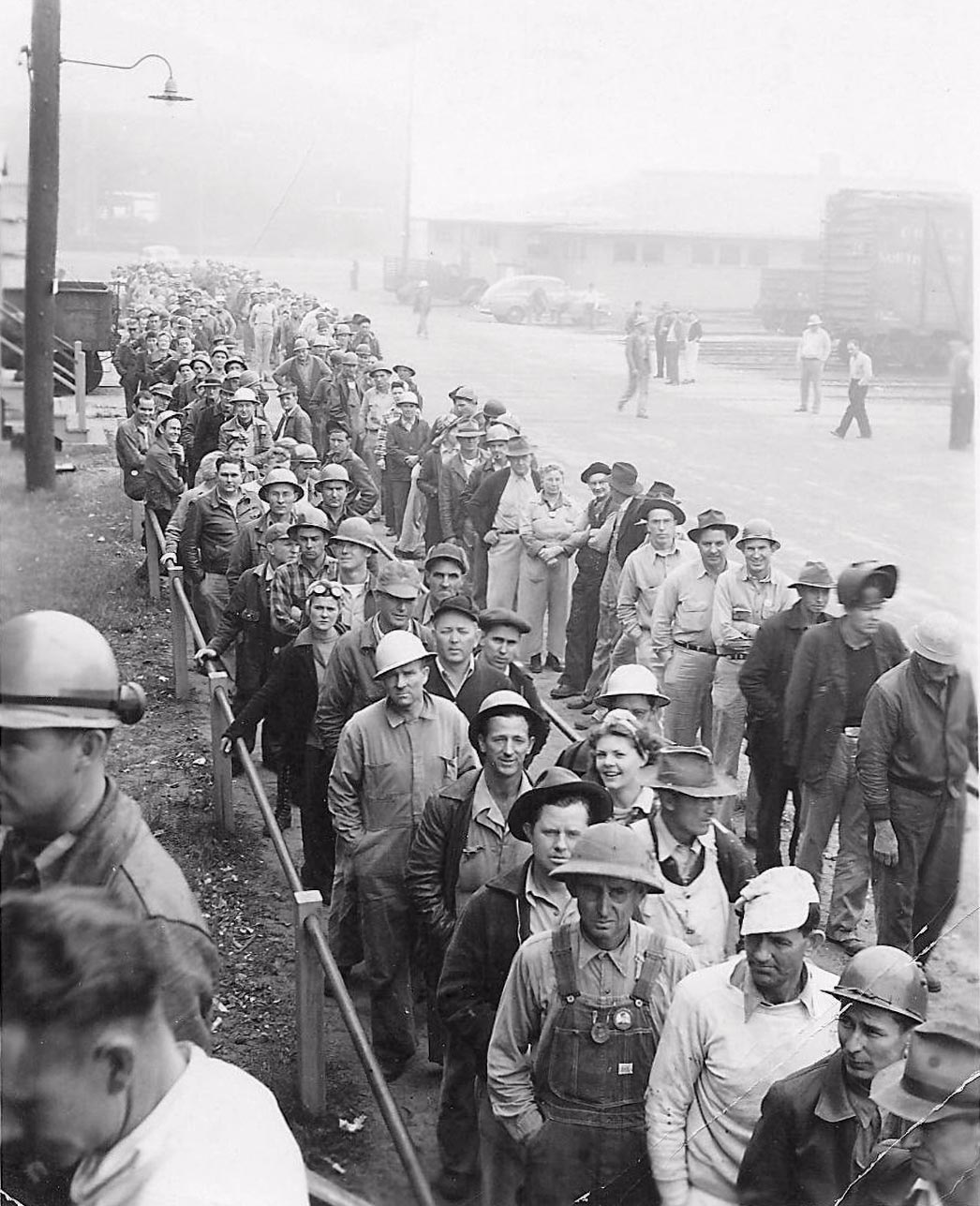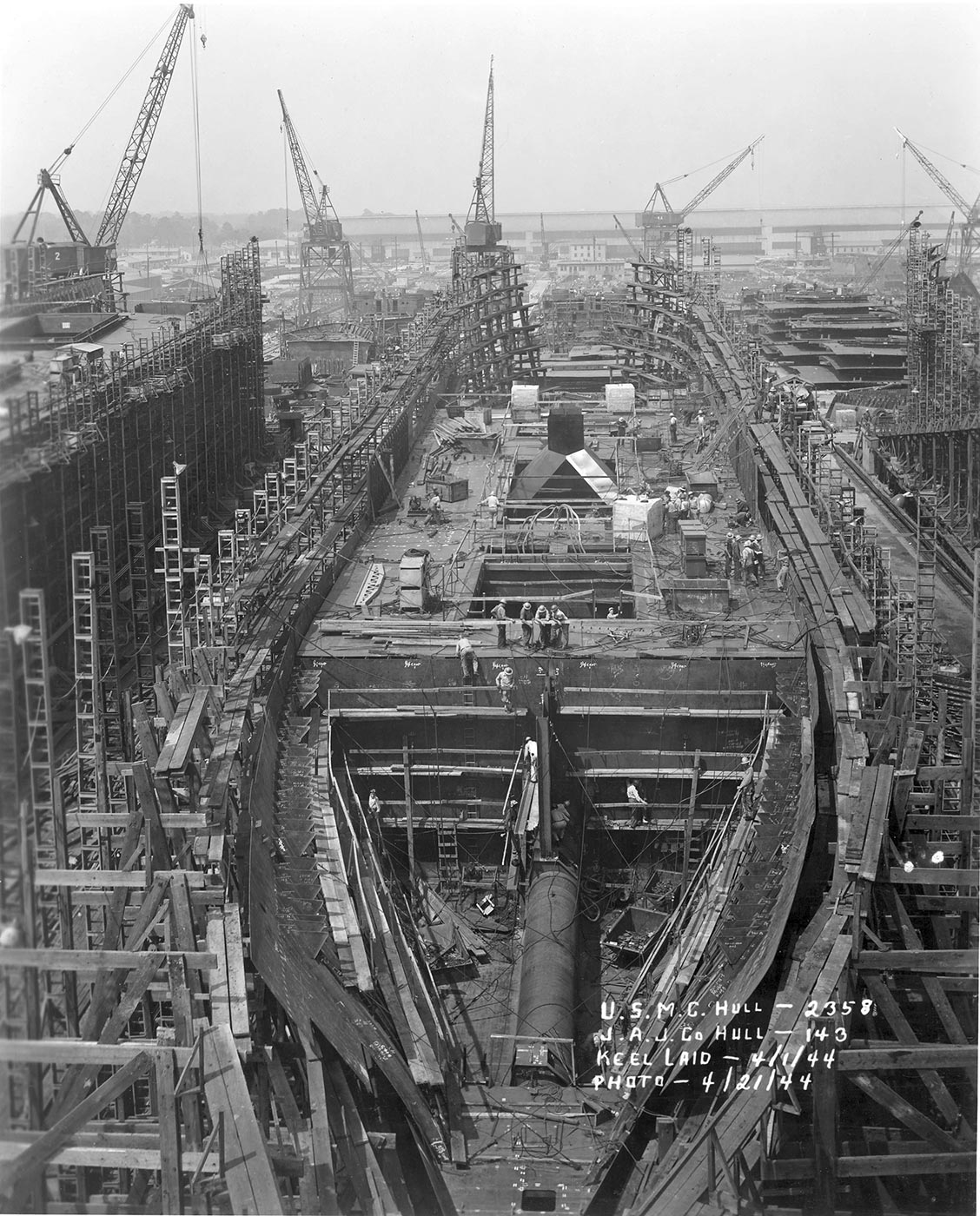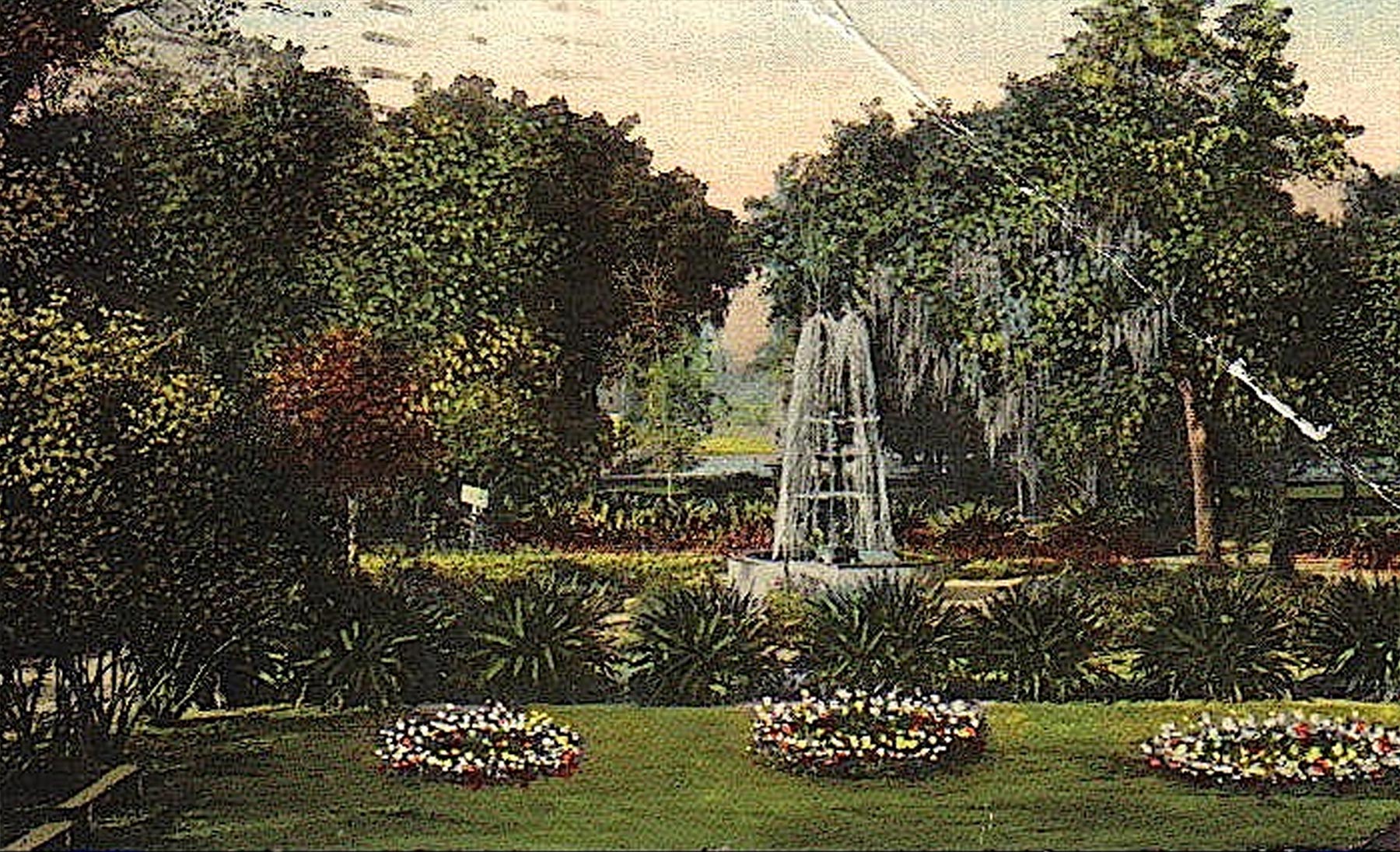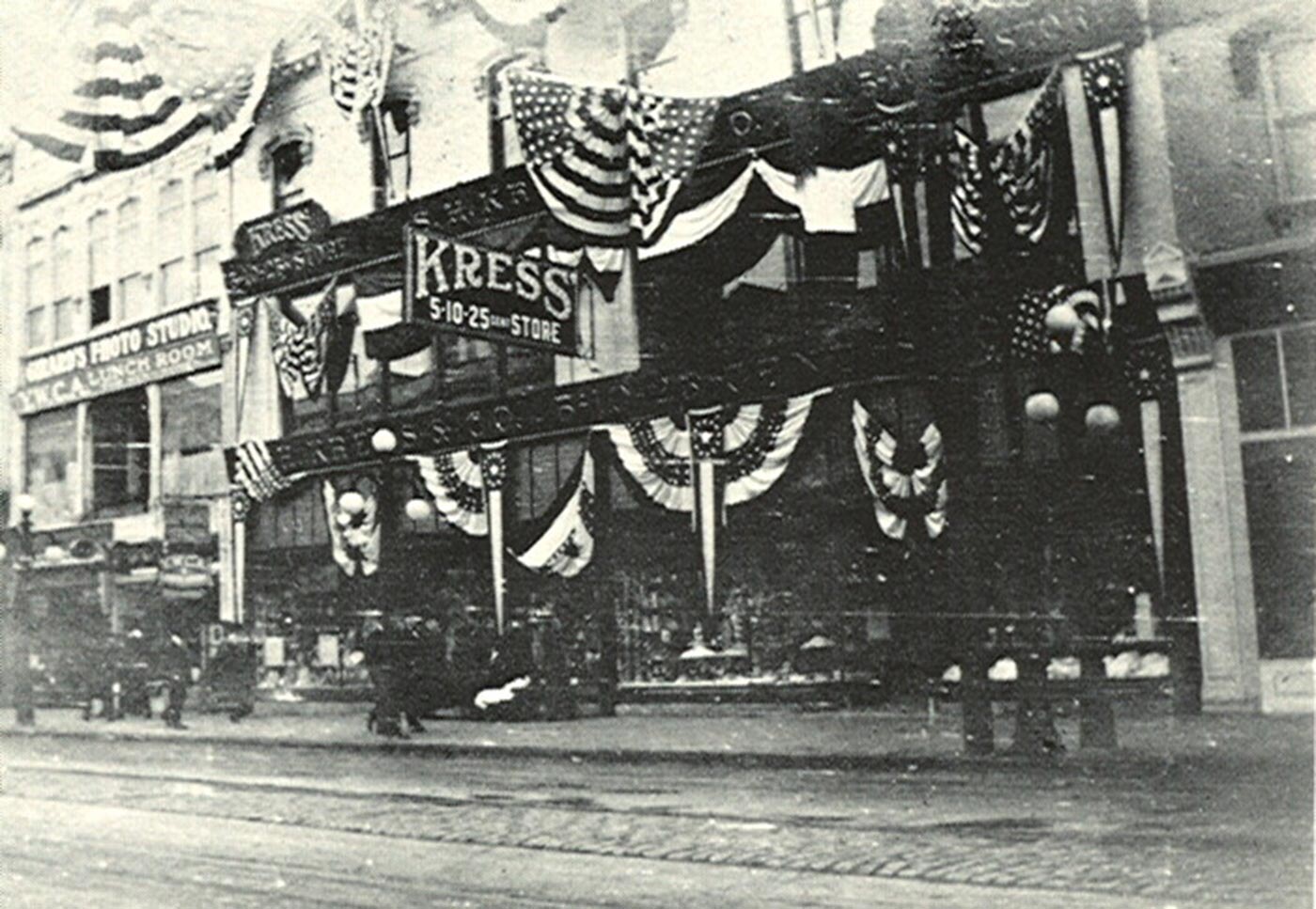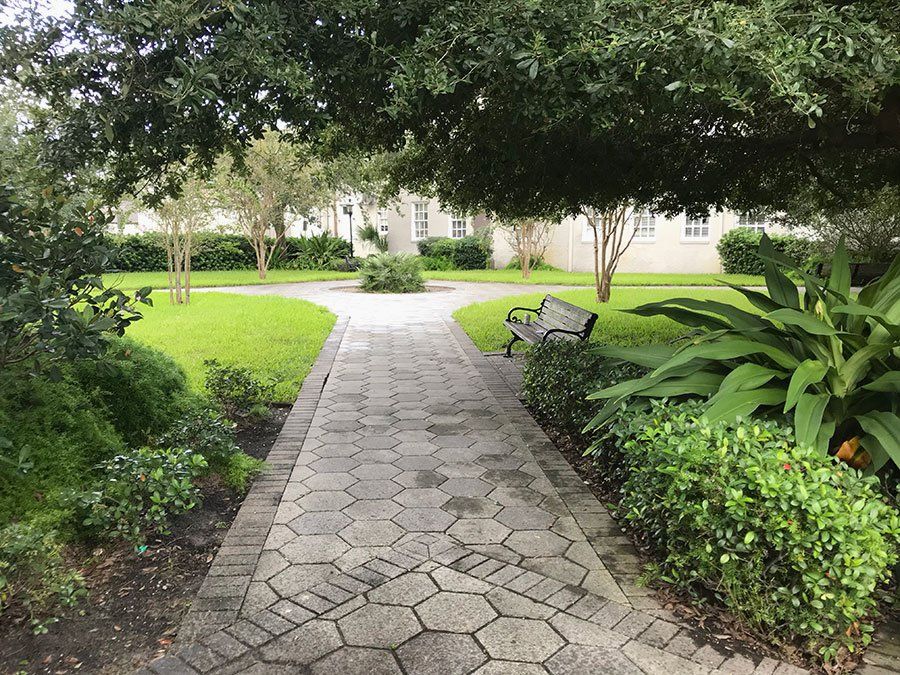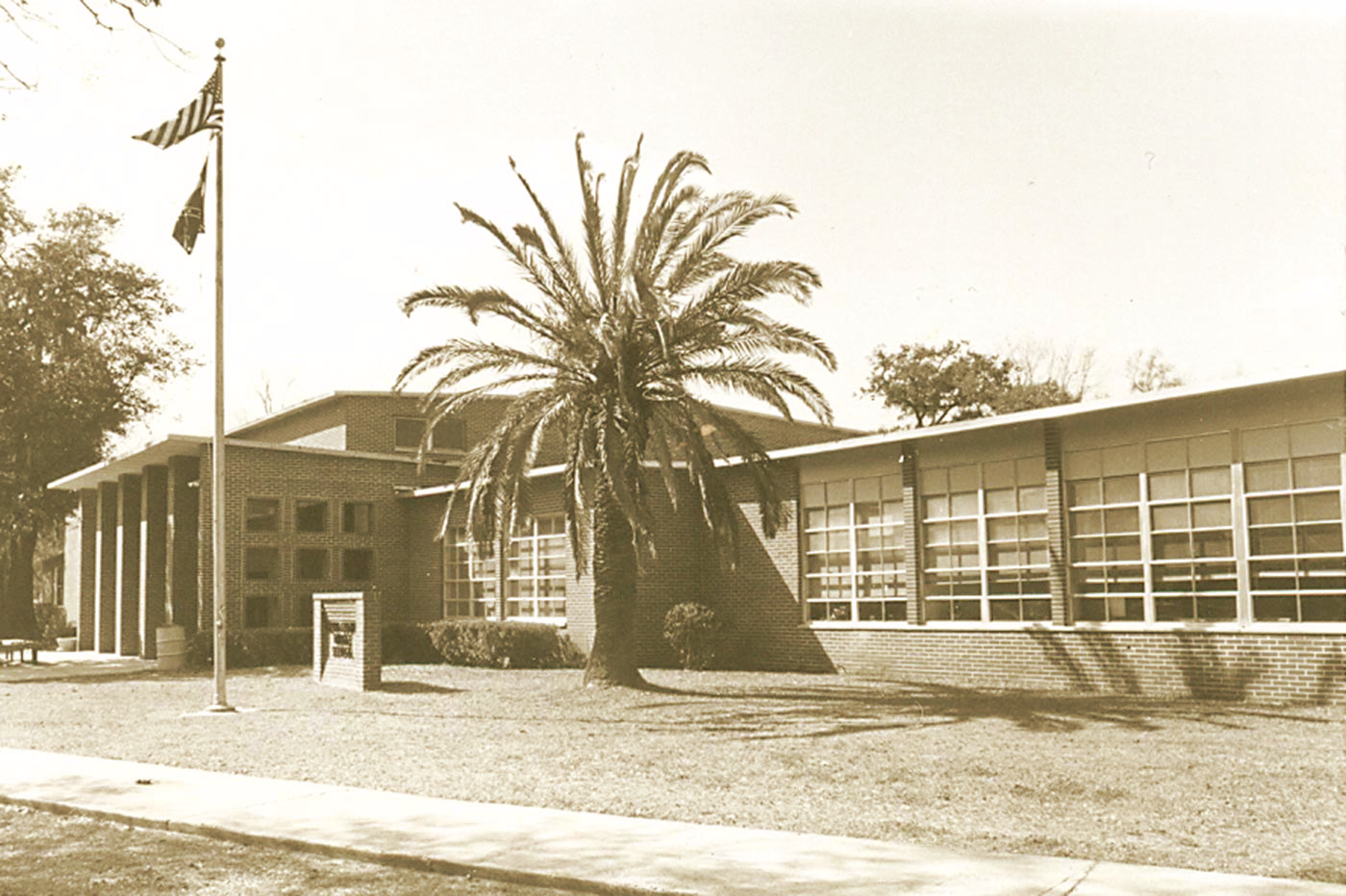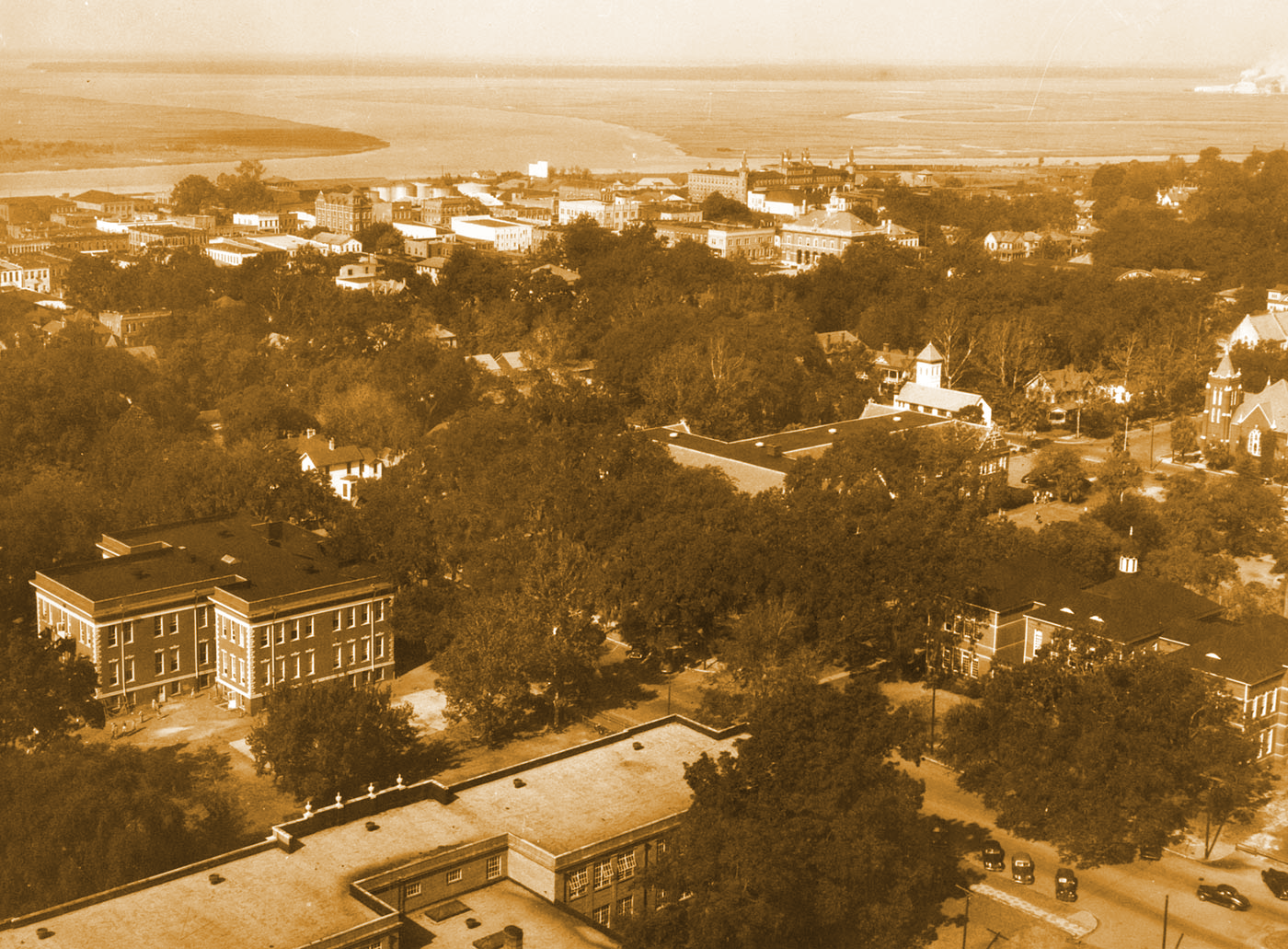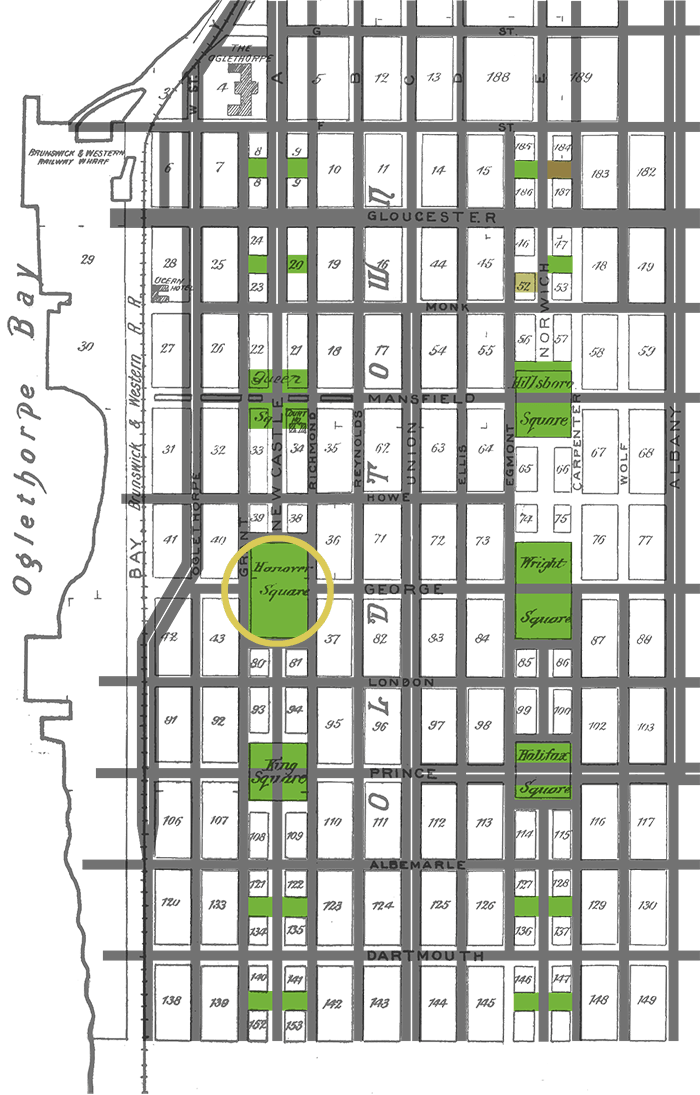
Hanover Square History
Button
Hanover Square History
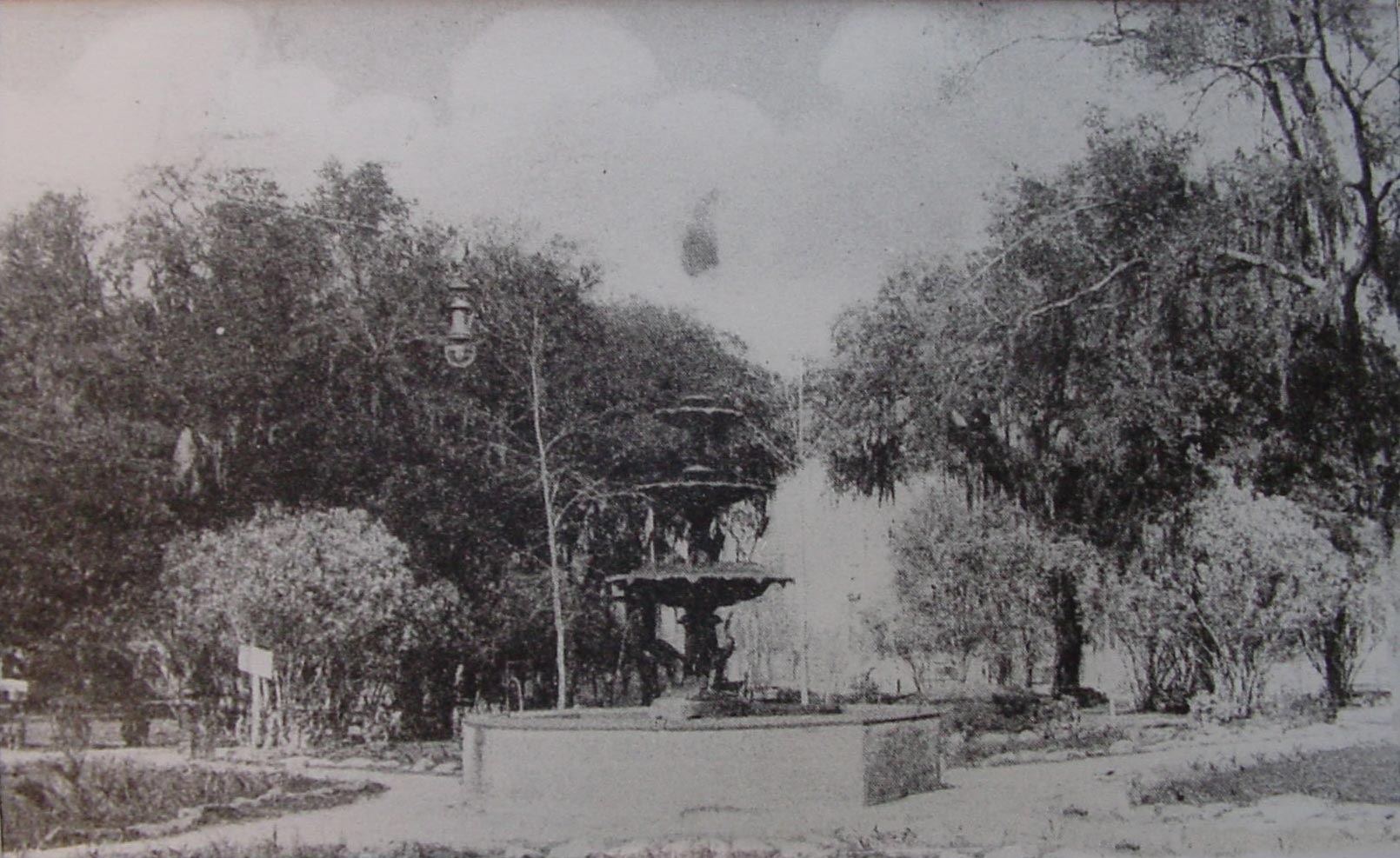
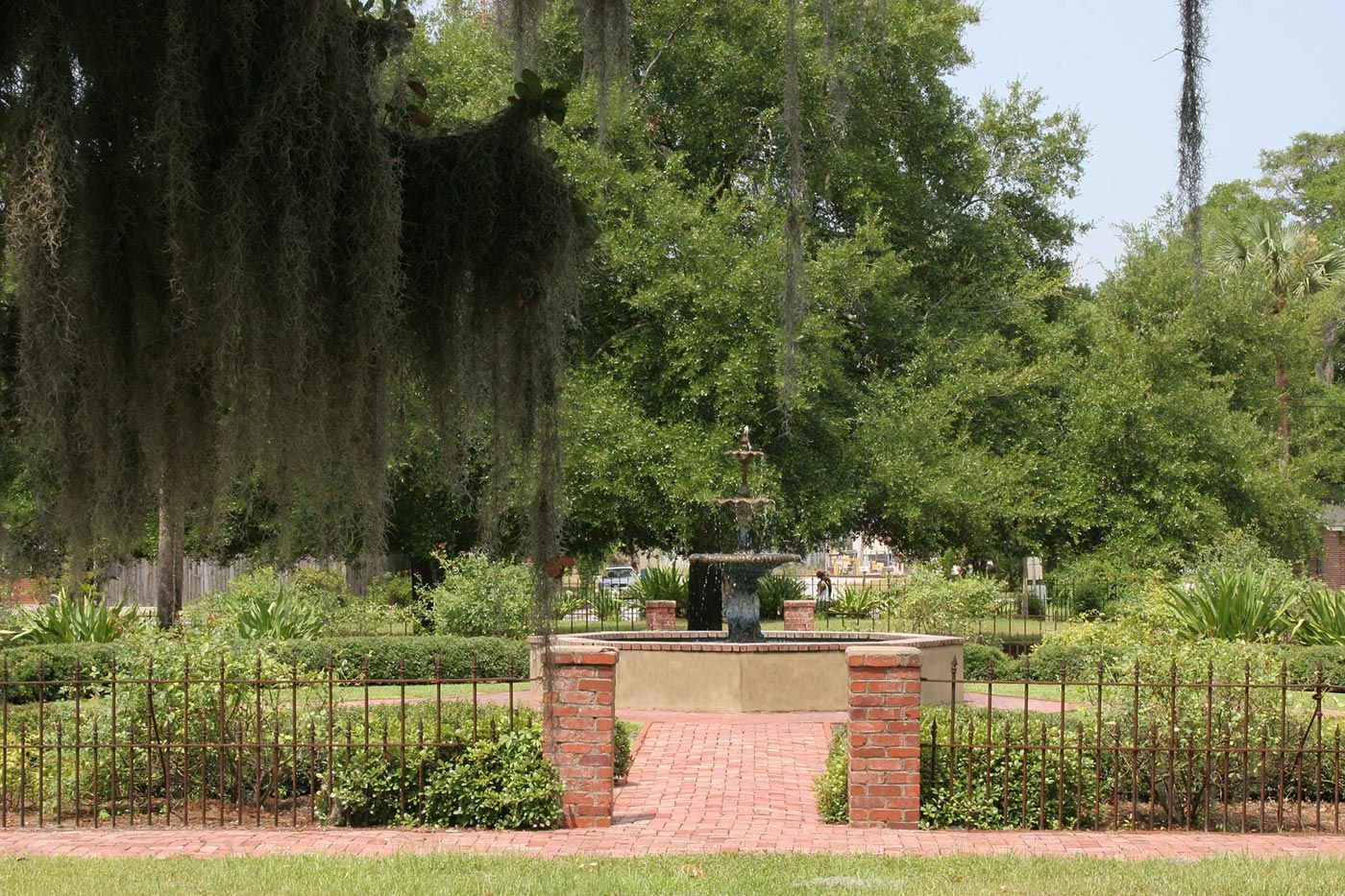
Left: The fountain in Hanover Square, cir. 1890. Right: The restored Hanover Square fountain today.
“Hanover Park” featured well-tended walking paths and a 3-tiered fountain at the turn of the 20th century. Signature Squares Archives.
A city trolley passing by Queen Square took passengers along the north-south route of Newcastle Street, Brunswick’s main downtown business corridor. Courtesy Golden Isles Arts and Humanities Association.
THE HANOVER ARTESIAN WELL WAS PRIZED FOR ITS HEALING PROPERTIES. Courtesy Golden Isles Arts & Humanities Association.
EXPLORE THE GOOGLE STREET VIEW MAP.
PORTUGUESE IMMIGRANT INNOVATION REVOLUTIONIZED THE FISHING INDUSTRY IN COASTAL GEORGIA. Courtesy Theresa Martin.
Our Lady of Fatima PROCESSION. THIS TRADITION IS STILL OBSERVED TODAY. Courtesy Golden Isles Arts & Humanities Association.
Shipyard workers, some perched on rooftops and awnings, eagerly await the launch of a Liberty ship at the J.A. Jones Shipyards. Courtesy of Bill Tipton.
More Hanover Square Photos
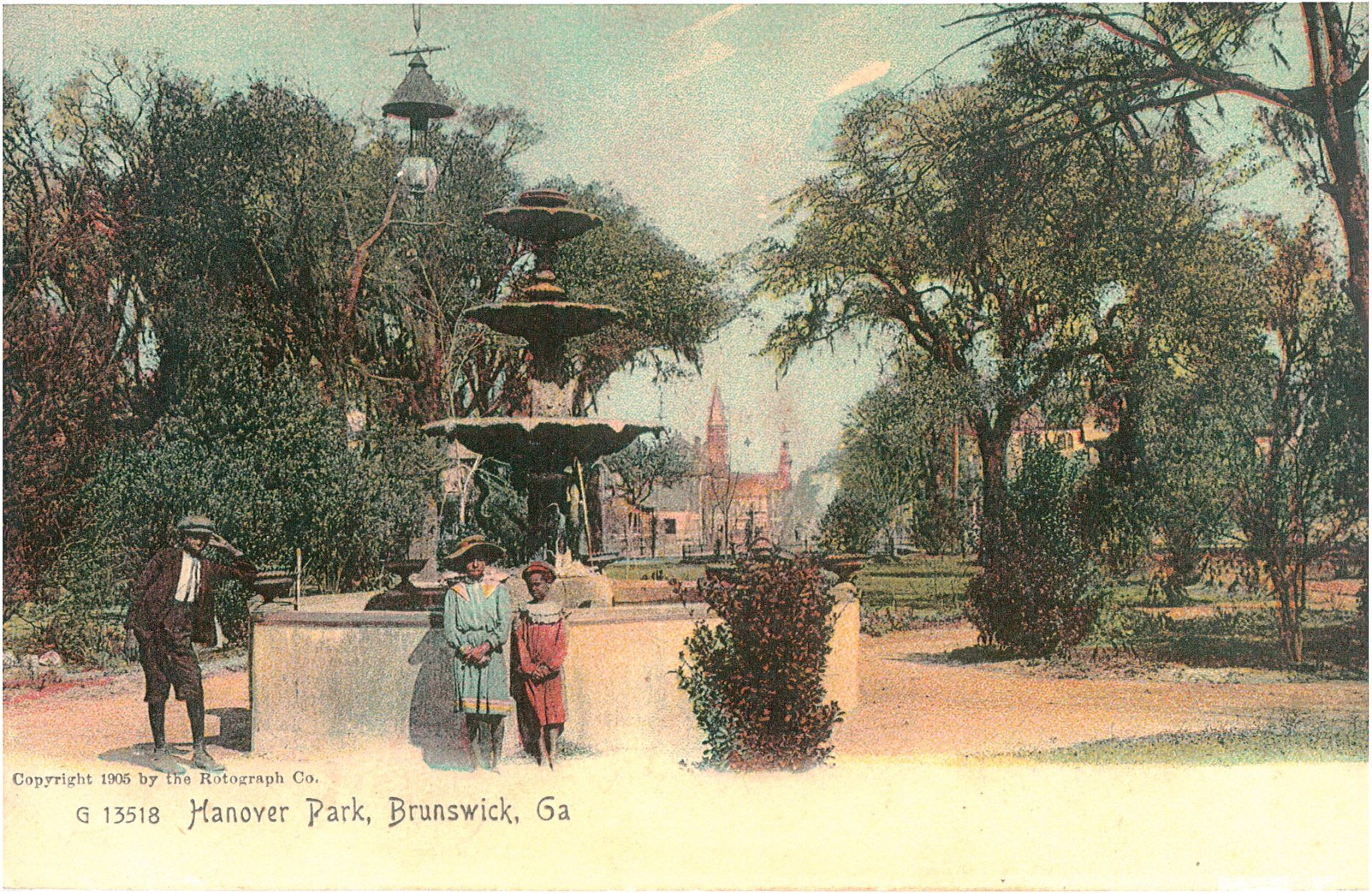
Slide title
Hanover Square's original fountain, cir. 1900. Courtesy Downtown Development Authority collection.
Button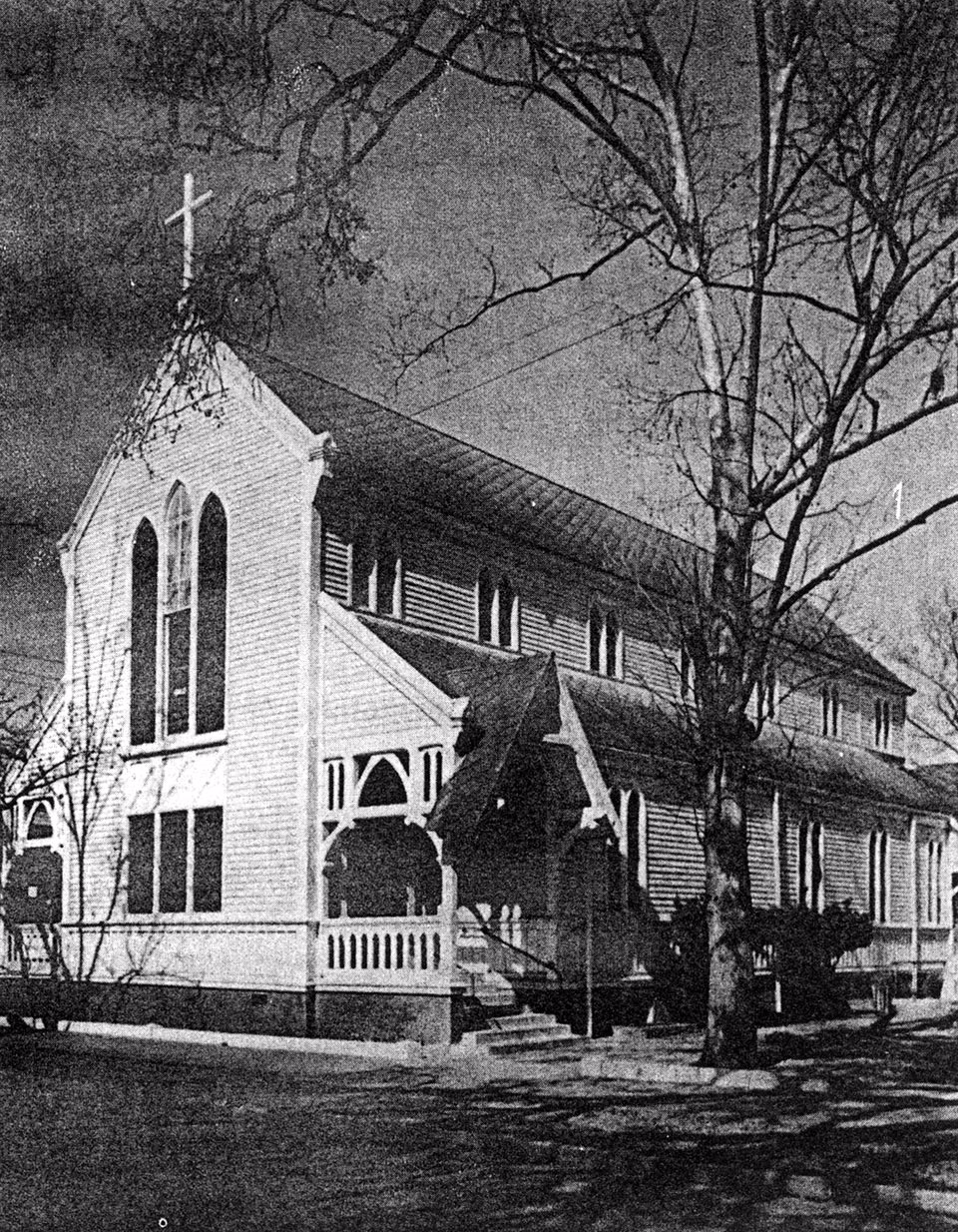
Slide title
The former St. Francis Xavier Catholic church at Hanover Square.
Button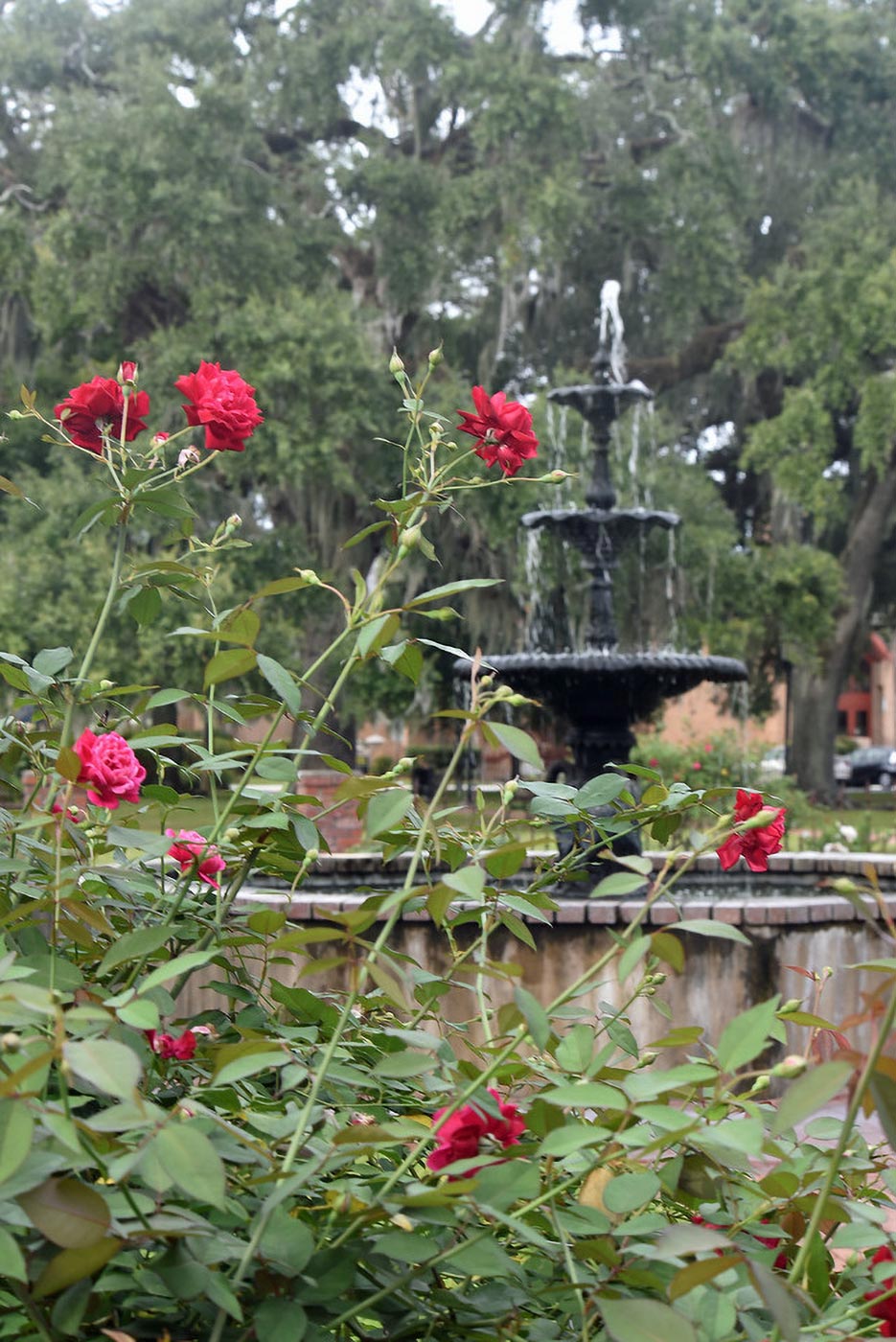
Slide title
The revitalized fountain area is once again surrounded by a thriving Victorian rose garden. Courtesy Jerry Spencer.
Button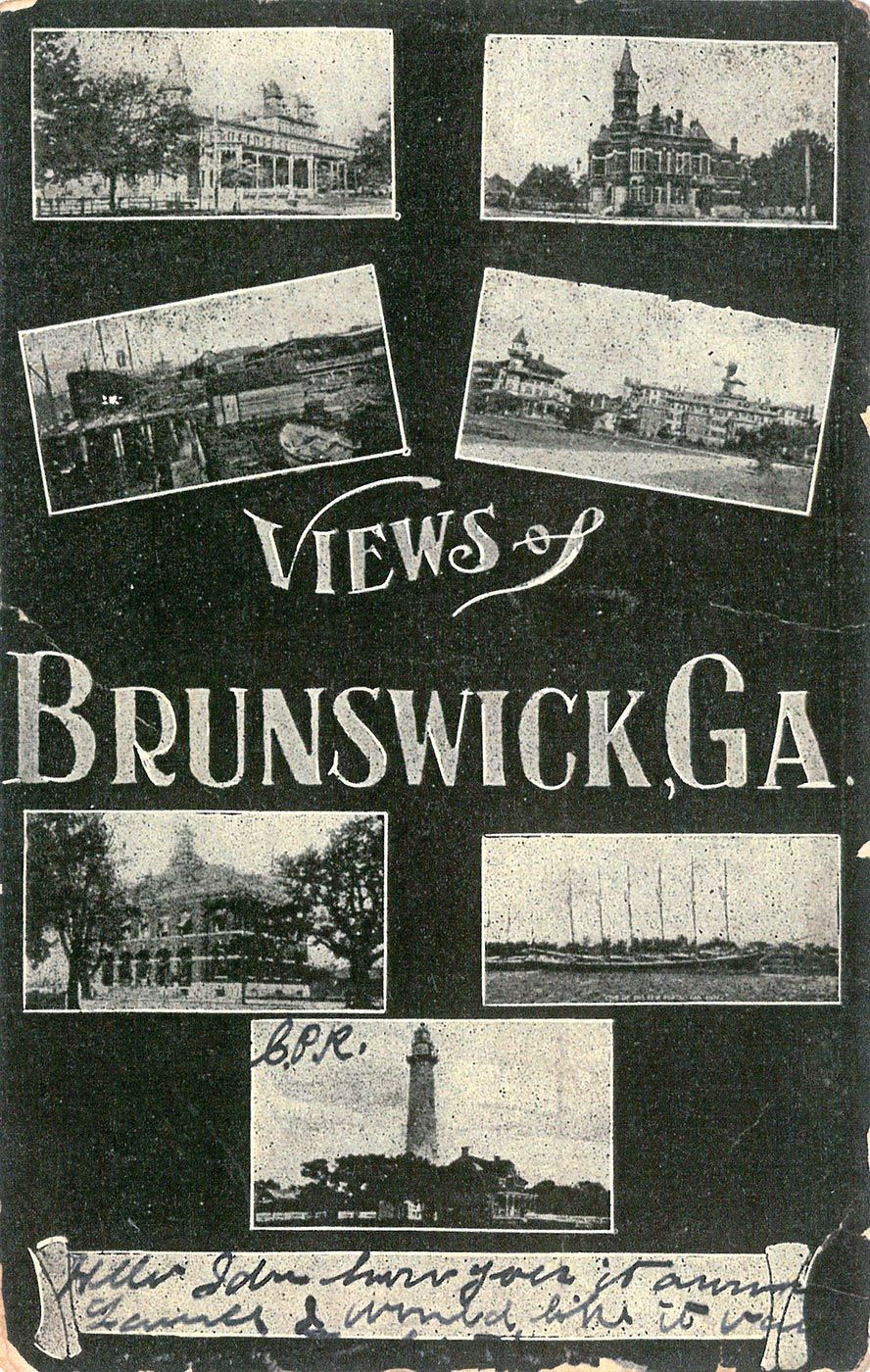
Slide title
Button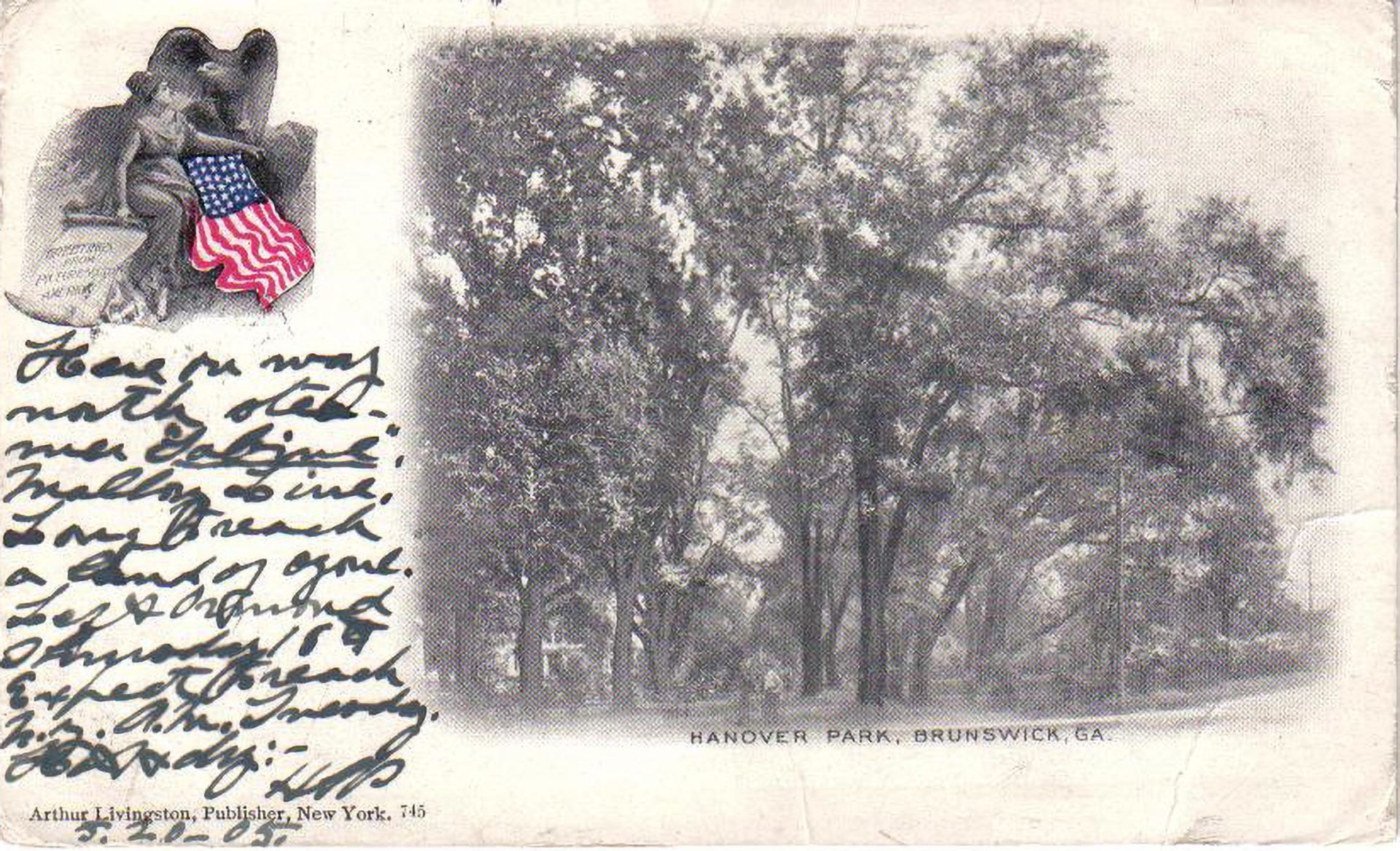
Slide title
A postcard depicting Hanover Park's woodland area, portions of which are still standing today, cir. 1905. Courtesy Golden Isles Arts & Humanities Association.
Button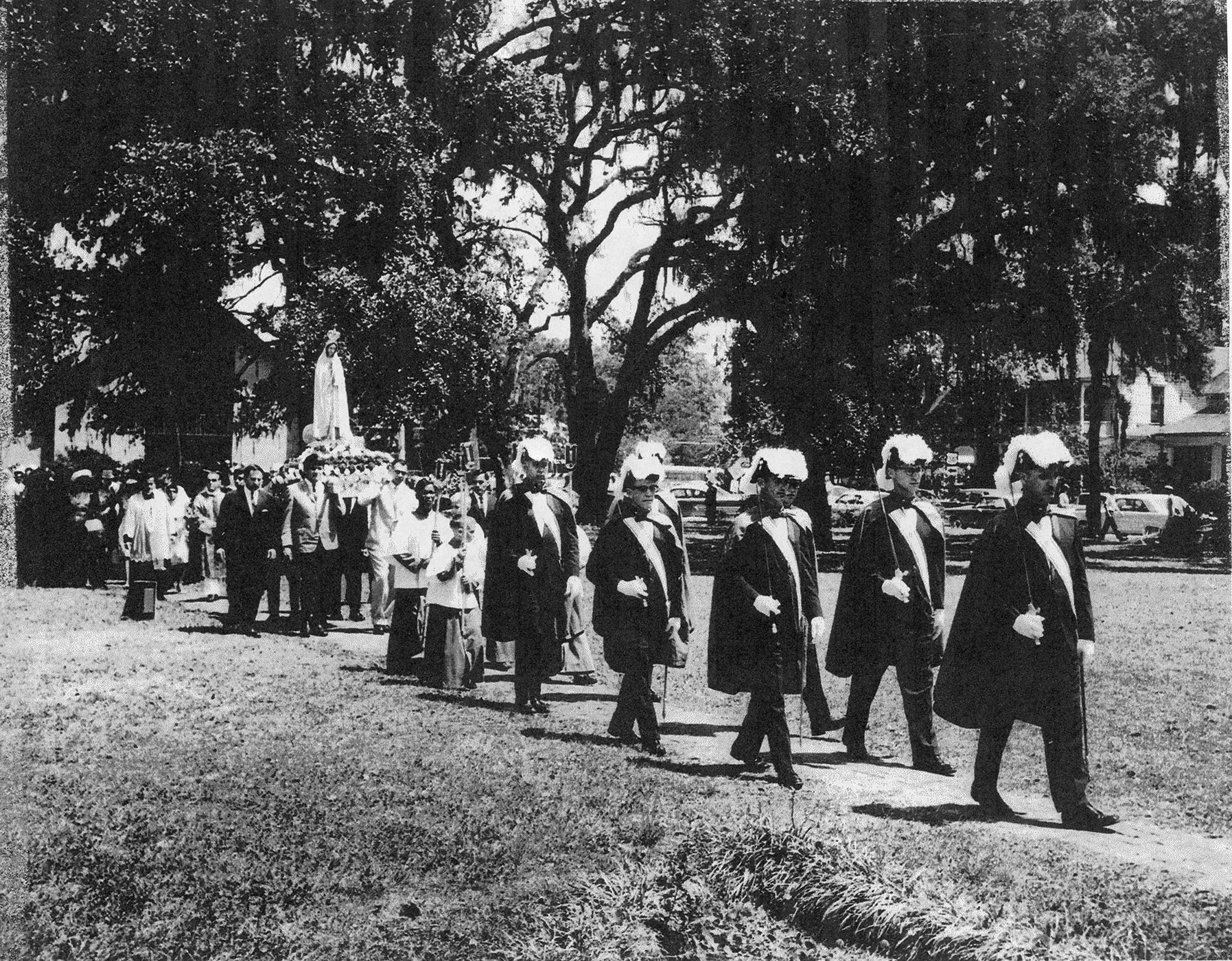
Slide title
The Knights of Columbus carry the statue of Our Lady of Fatima through Hanover Square, an annual event at Mother's Day. Cir. 1964. Courtesy Theresa Martin.
Button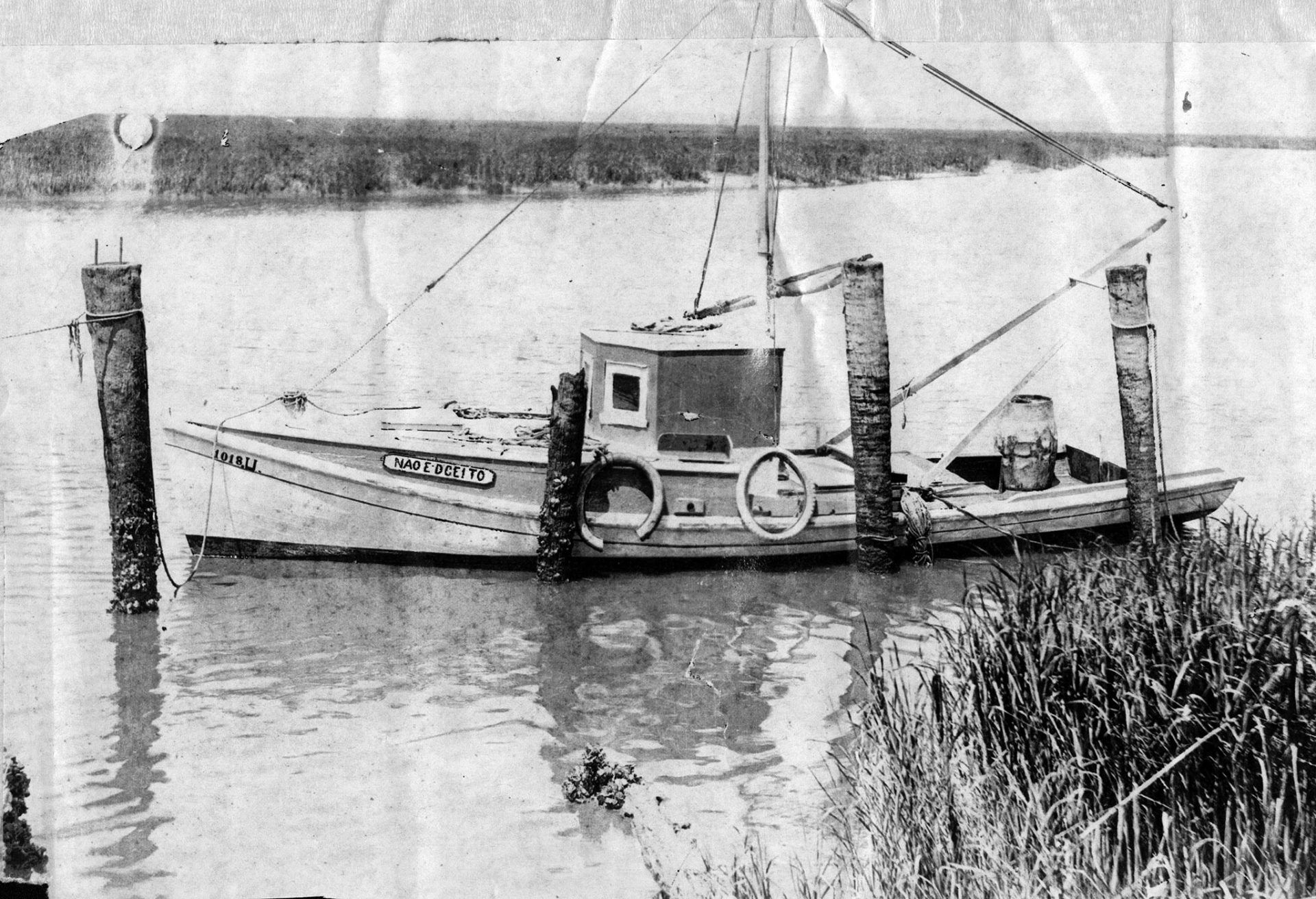
Slide title
An early version of a crab boat adapted for shrimping, owned by Portuguese families who lived on Hanover Square, cir. 1928. Since the owners could not agree on a name for the boat, the vessel was called "Nao E D'Cieto" which translates to "It is undecided." Courtesy Theresa Martin.
Button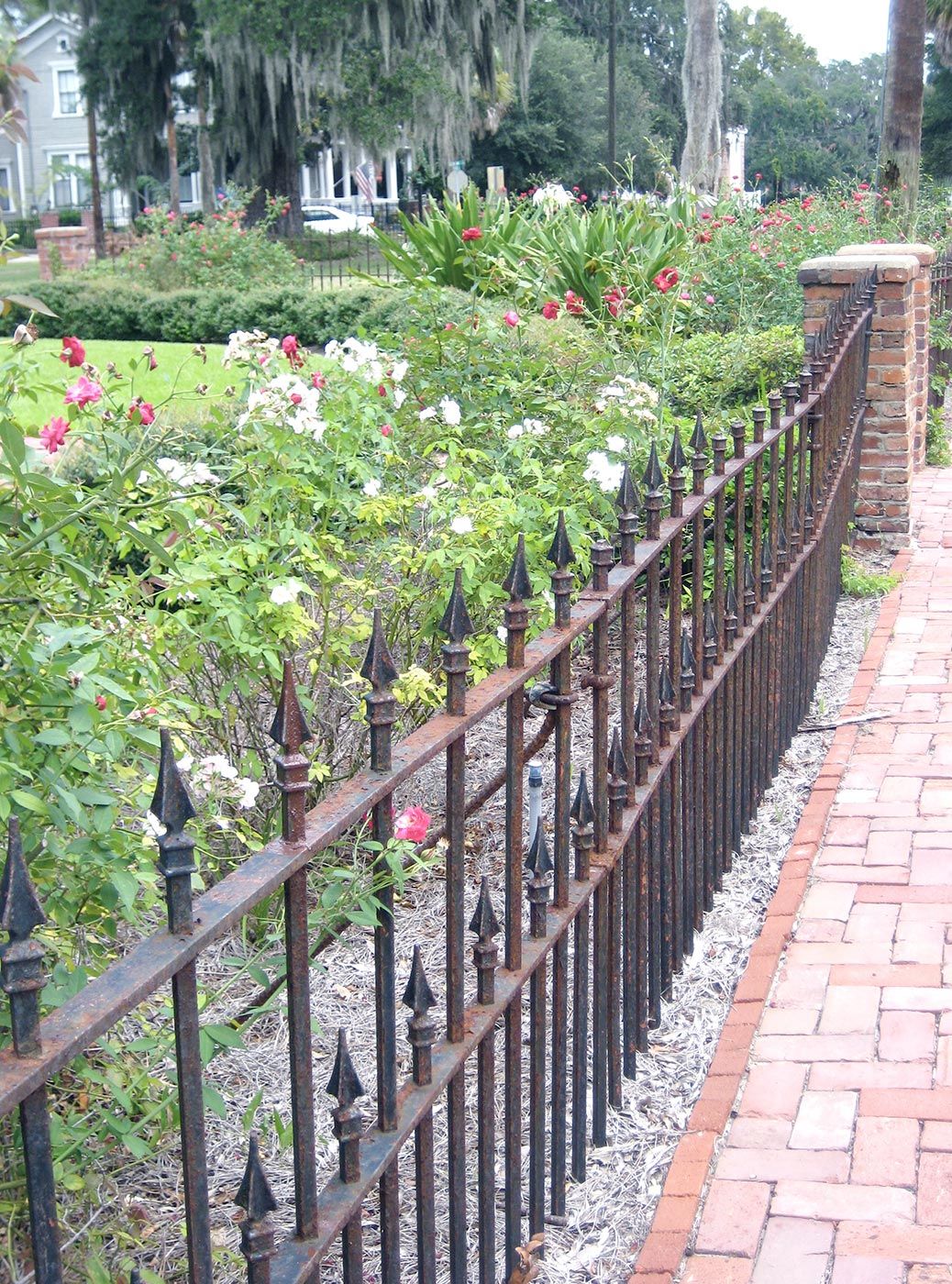
Slide title
The original iron fence surrounding parts of Hanover Square. Courtesy of Jerry Spencer.
Button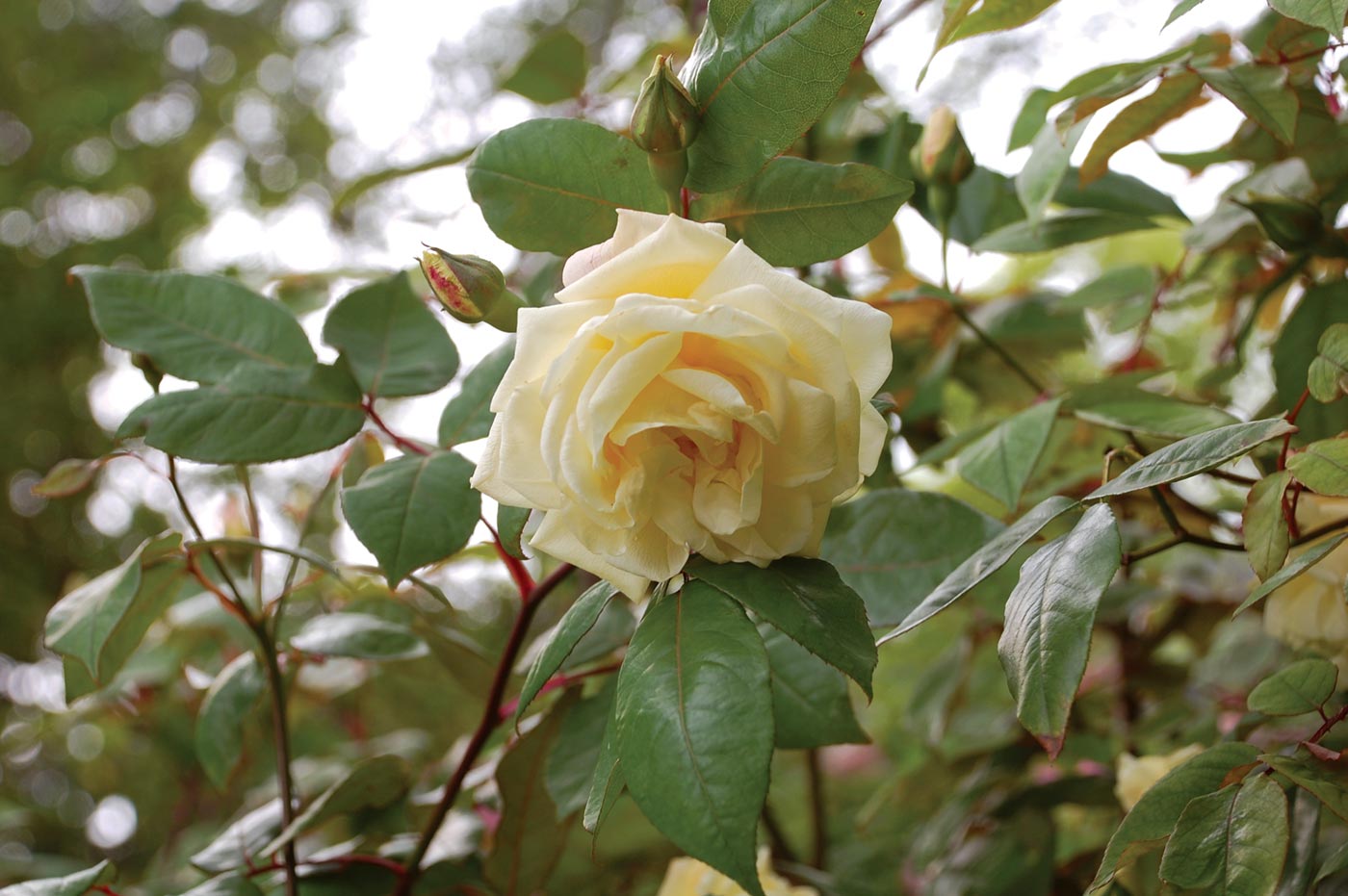
Slide title
A vintage Marie van Houtte rose blooms in the restored garden surrounding the fountain in Hanover Square. Courtesy of Jerry Spencer.
Button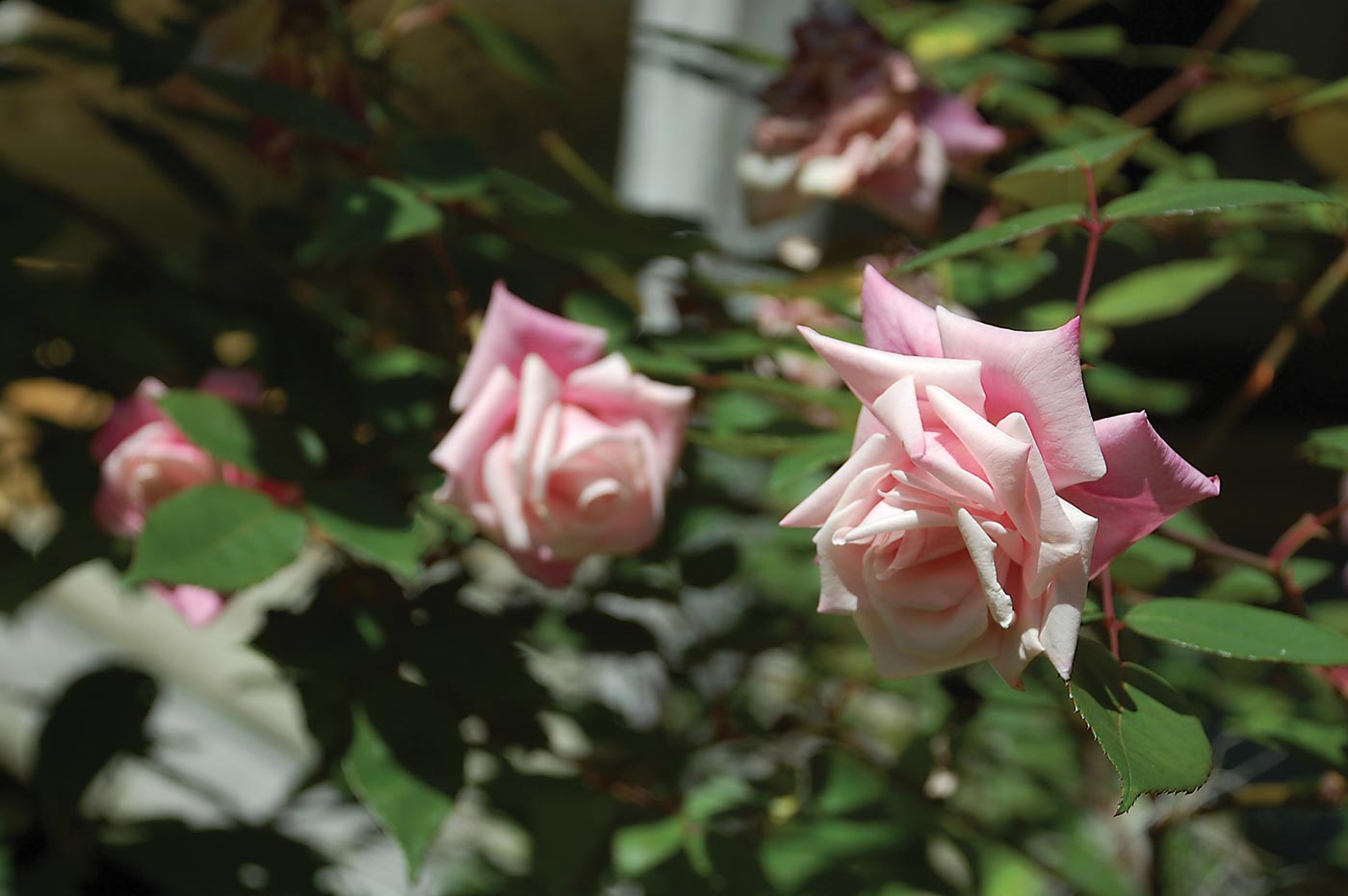
Slide title
Archduke Charles Roses. Courtesy of Jerry Spencer.
Button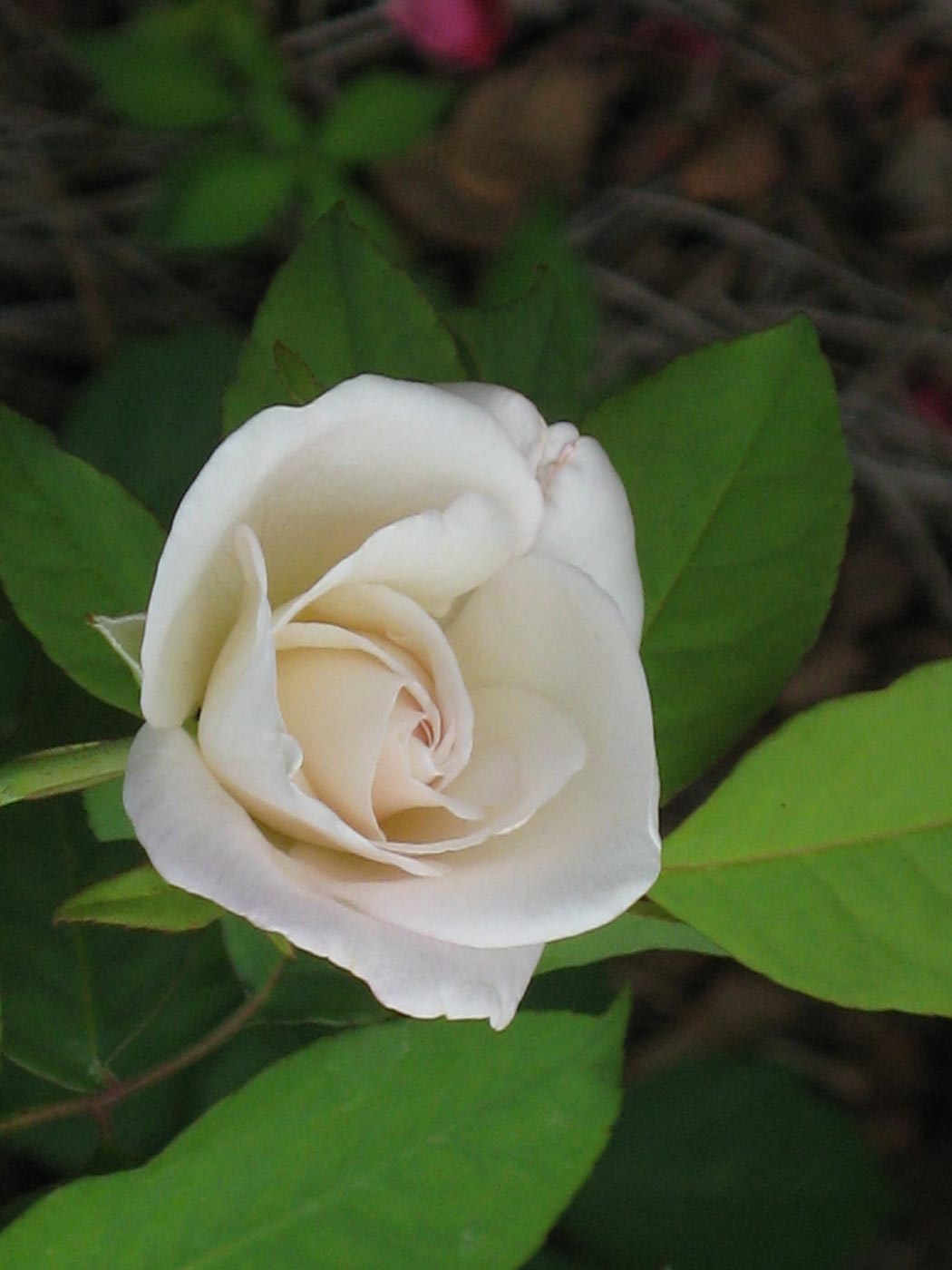
Slide title
Courtesy of Jerry Spencer.
Button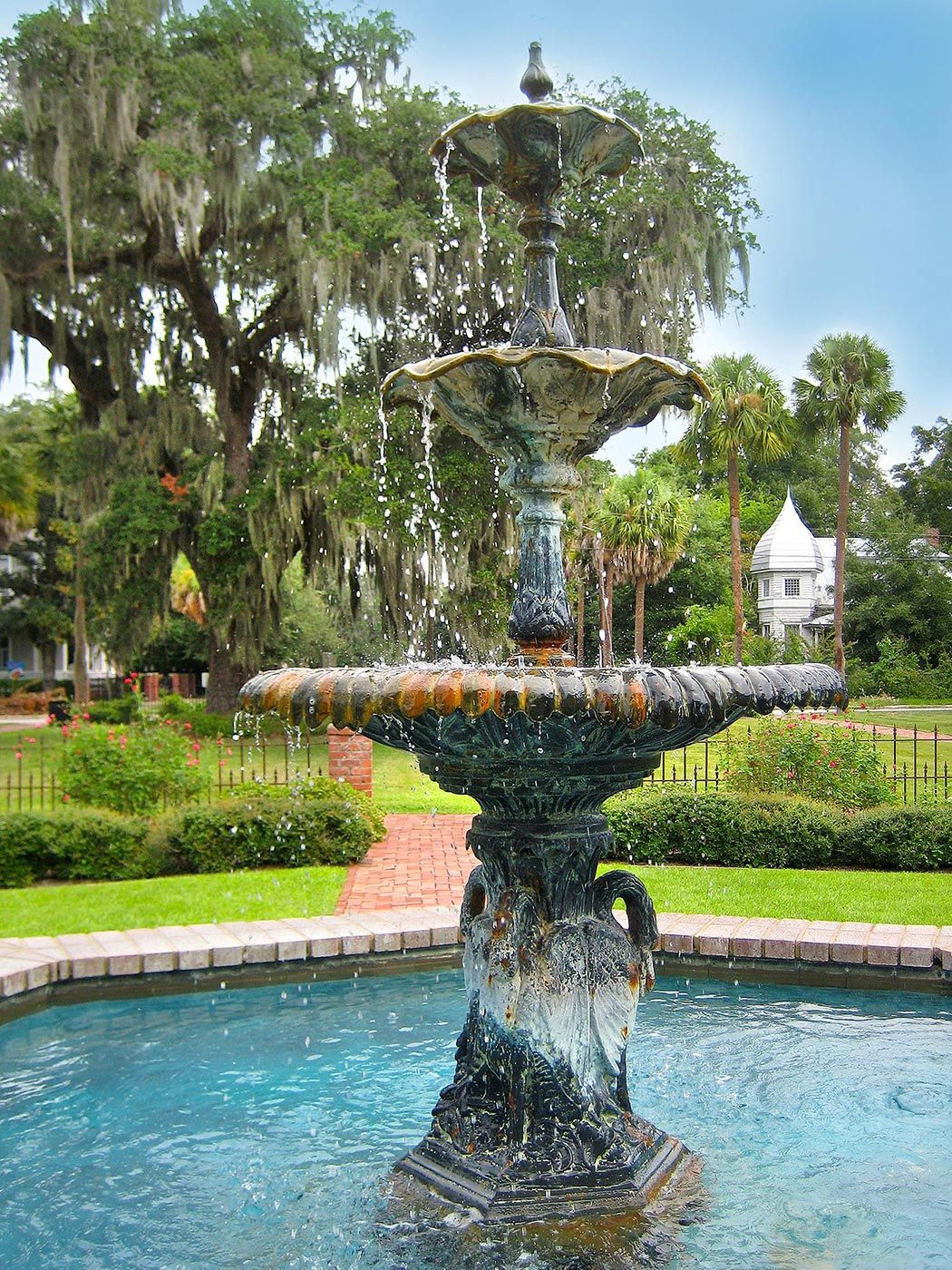
Slide title
The fountain of Hanover Square today.
Button

